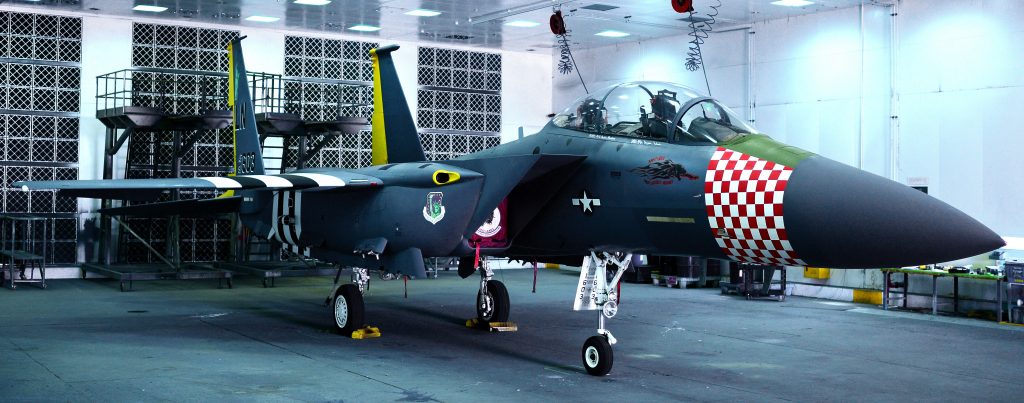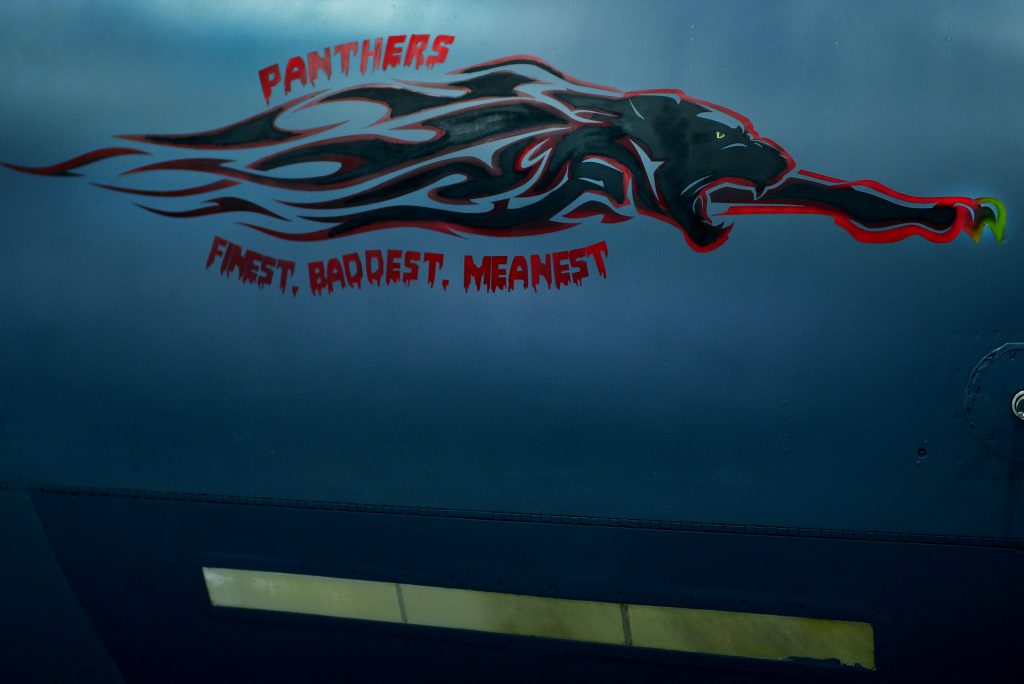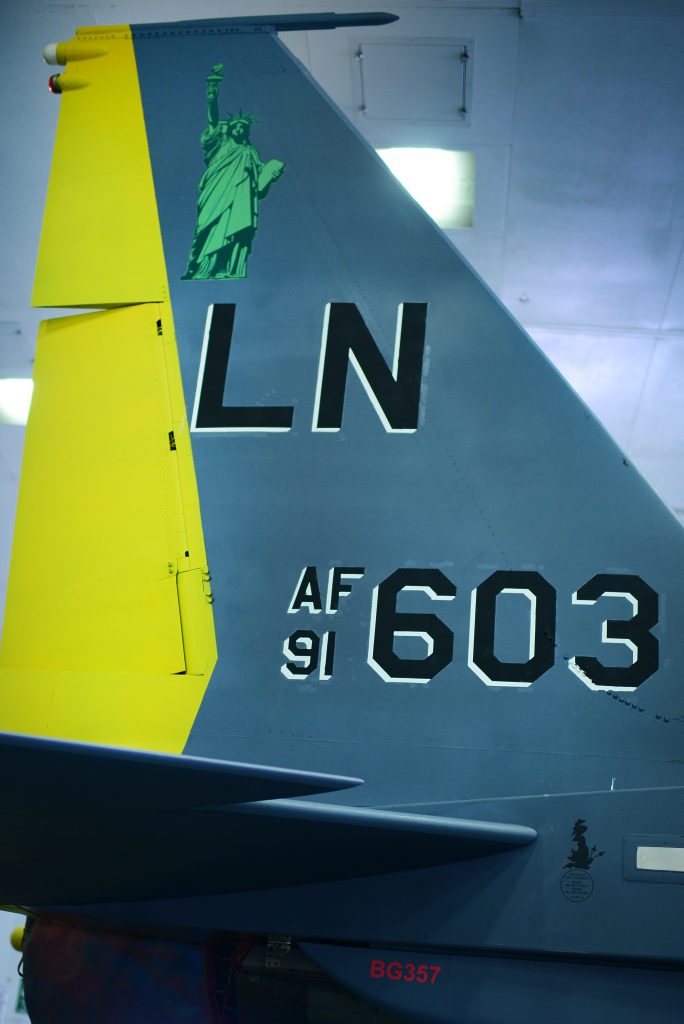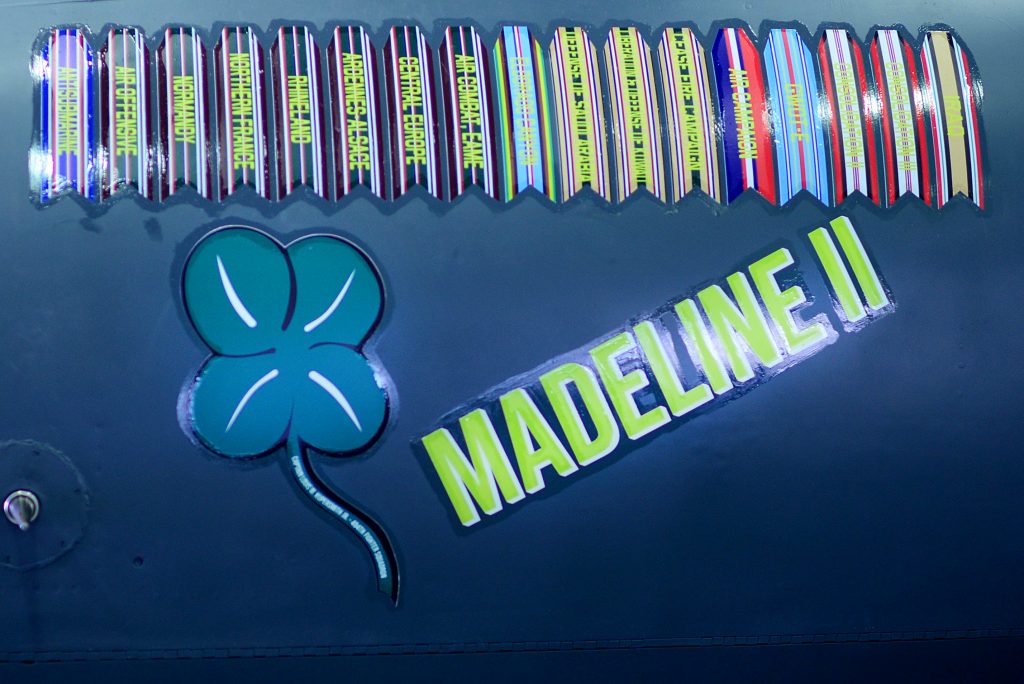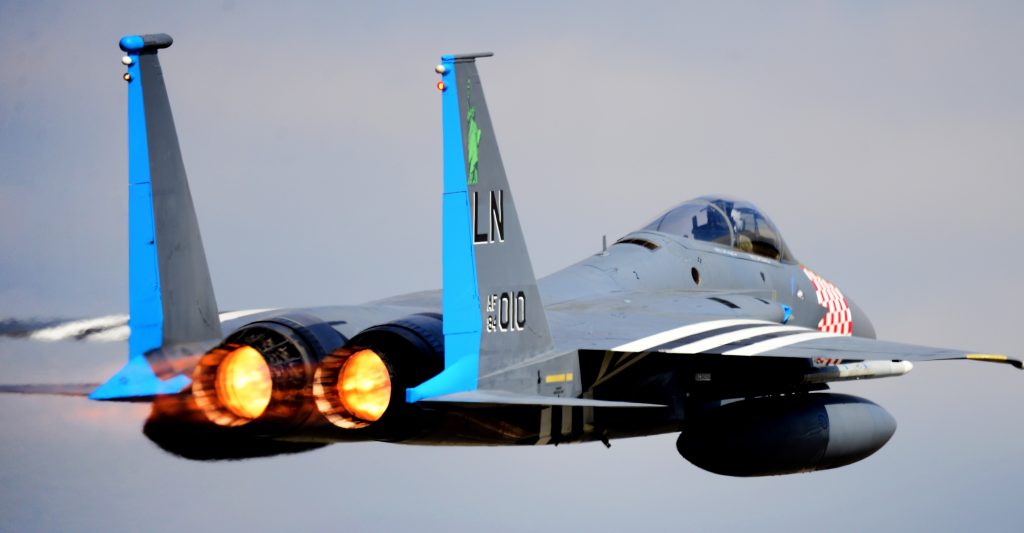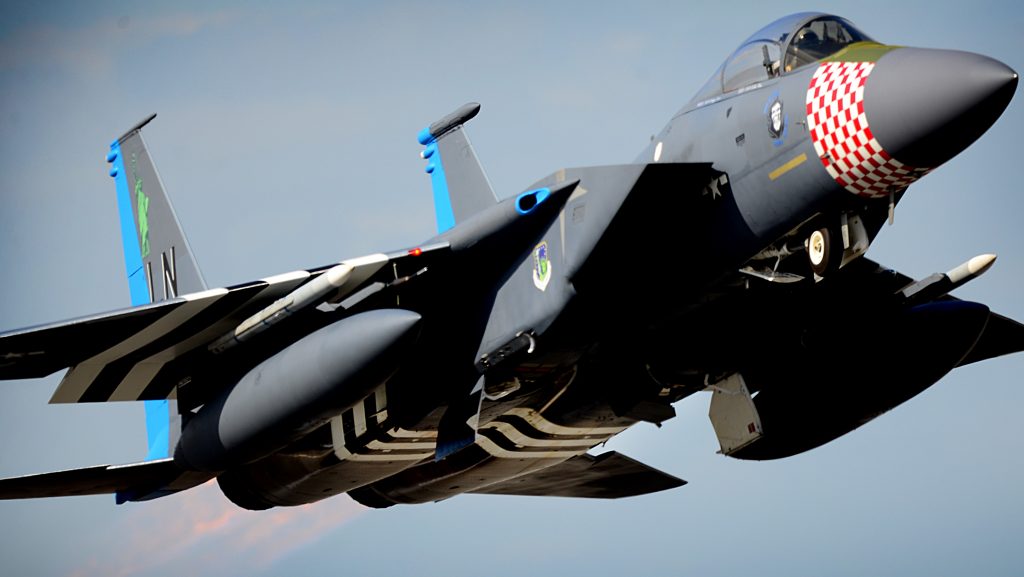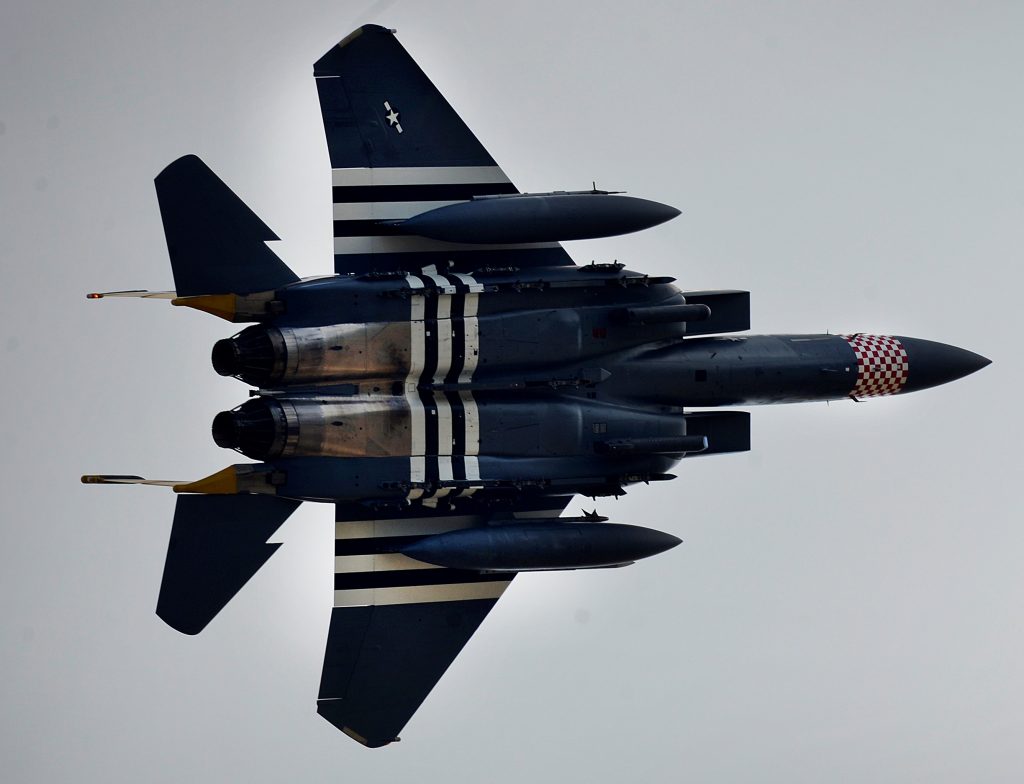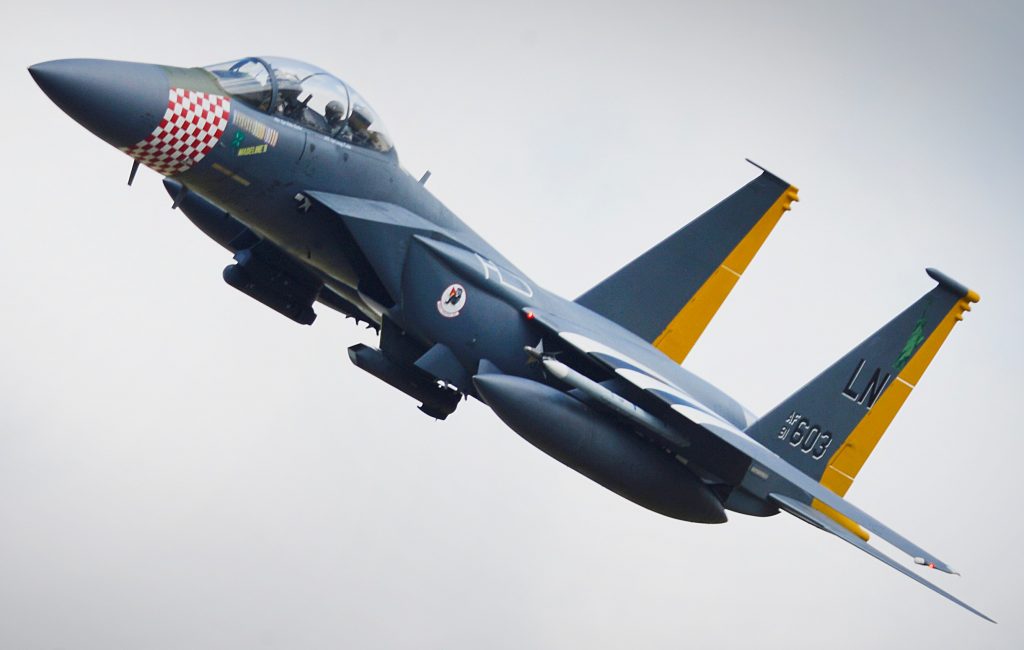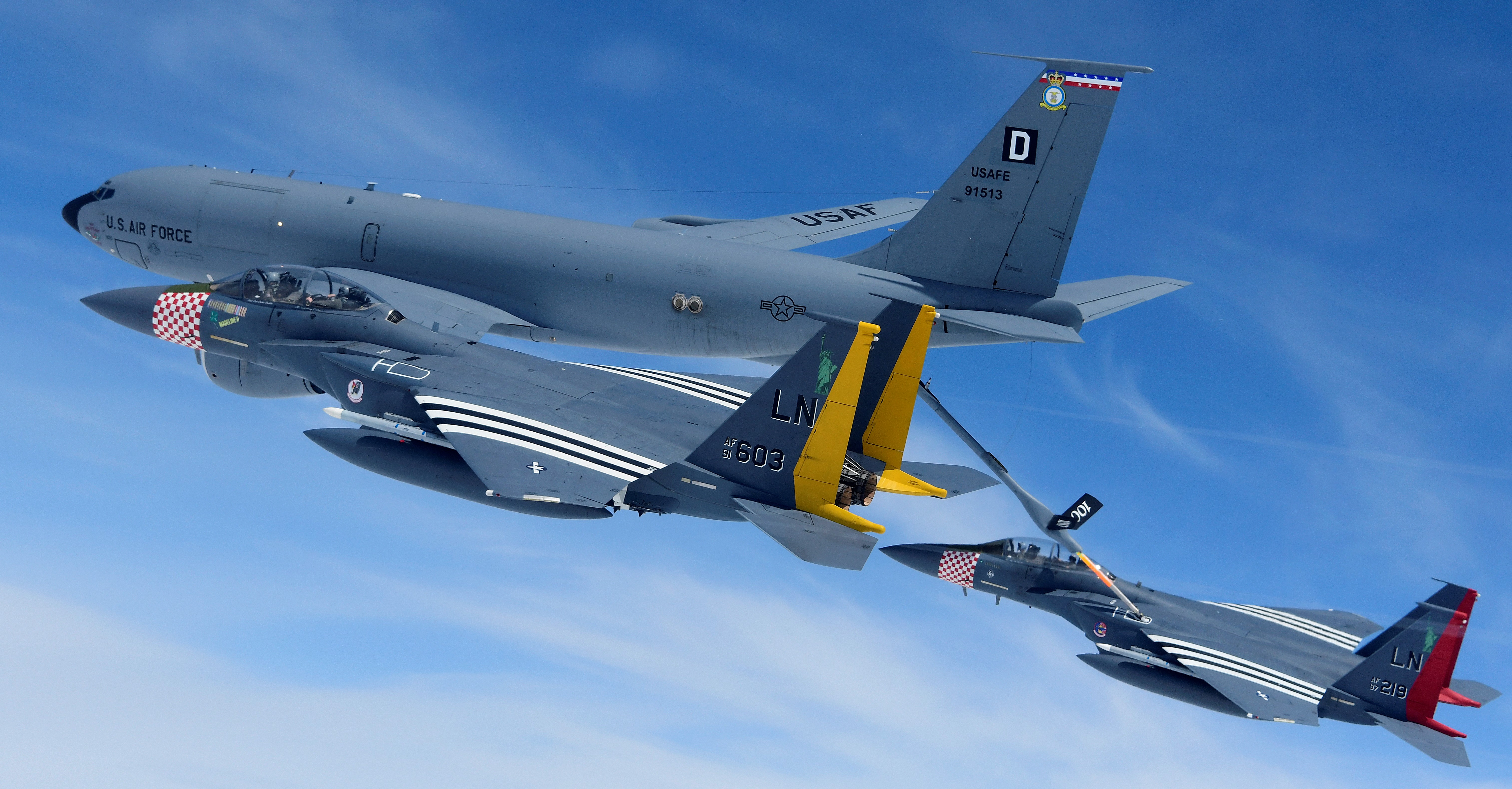
Entex got it right when their model box stated it was “The plane that changed the world.” It’s my top pick for Zombie Plane, after seven decades it just won’t die, still flying today in both private and commercial use, and apparently some countries are still using it for military purposes. It even commands the respect of wartime enemies, who adopted it for their own use.
Production began in 1936 and from then until now the C-47/DC-3/R4D has been used by at least 82 countries.
Fort Benning, Georgia, 16AUG2019: 
Berlin Airlift 70th Anniversary, Clay Kaserne, Germany, 09-11JUN2019:














Videos:
May 2019, DC (Douglas Commercial)-3 over Catalina Island, California: 
“That’s all brother!”, Air Mobility Command Museum on Dover Air Force Base, Delaware, May 2019:
April , 2019 video report, history of 3rd Combat Cargo Squadron which flew the China-Burma-India Theater during WW2:
“That’s all brother!”, Sumpter Smith ANGB Alabama, April 2019: 





November 2018, Homestead Air Reserve Base, Florida: 
May 2016, AC-47 Spooky over New Mexico: 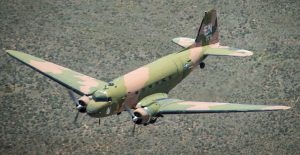
February 1964, M2-F1 lifting body tracking behind a Goonie, Edwards AFB, California: 
August 1963, NASA R4D-5/C-47H: 
1956, NACA R4D, High-Speed Flight Station, Edwards AFB, California: 

German Dakotas, 1957 to 1976:


Iran Air ‘DC-3s’ were actually C-47s with passenger interiors: 
Iranian CH-47 gives an Iranian C-47 a lift: 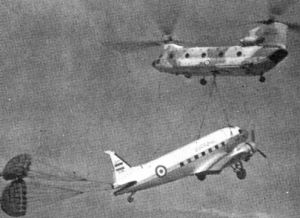
Weirdos: 
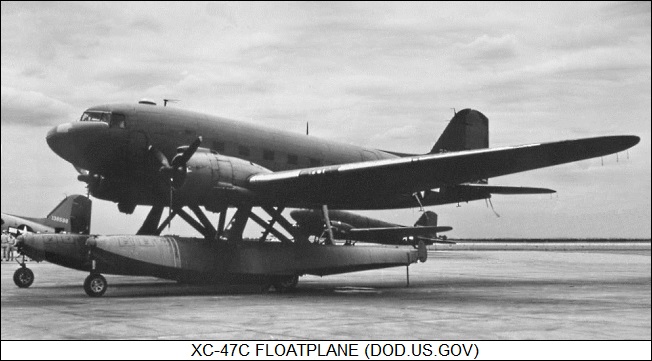
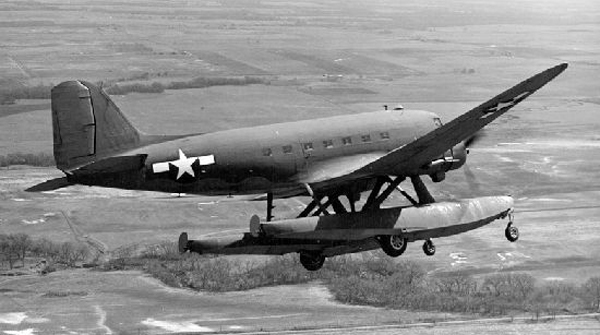
Video report, North Dakota Air National Guard’s first disaster relief mission (Operation Haylift), during the winter of 1949:
Video report; C-47 Operation Market Garden:
Jungle Skippers’ “Cleo C”, Dyess Air Force Base, Texas: 
Flak damage to a Jungle Skippers C-47, Corregidor Island, Philippines, World War Two (1943?): 

2018 video explainer of the inception of the 349th Troop Carrier Group in 1943:
HARVEY: C-A-F DELIVERS AID WITH WORLD WAR 2 AIRCRAFT (Unfortunately this restored C-47 crashed and burned not even a year after taking part in Hurricane Harvey relief ops)
Popular Mechanics explains “Why the DC-3 Is Such a Badass Plane”
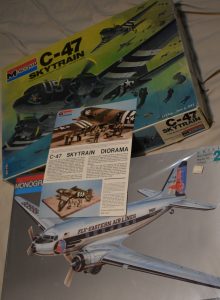
To make an Iran Air ‘DC-3’ use the C-47 fuselage with the DC-3 interior. Iranian airliners were converted C-47s and retained the cargo doors.
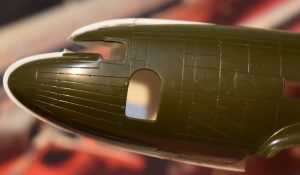
The Italeri kit is larger and its fuselage has an oval or egg shape to the cross section. The ESCI kit looks like a down-scaled version of the 1:48 Monogram kit, with recessed panel lines instead of raised surface details. The now out of production ESCI kit is the better kit.
Incomplete model kit supply list: 














Decals; facebook.com/pointerdog7/
VEHICLE I-D: ZOMBIE TANK T-55, THEY’RE EVERYWHERE!
VEHICLE I-D: NORMANDY PAINTED C-130 HERCULES
VEHICLE I-D: M4 SHERMAN (including my grandfather’s Sherman)
1:72 F-100 SUPER SABER KIT KLASH, OR MORE REASONS WHY YOU CAN’T TRUST SCALE DRAWINGS
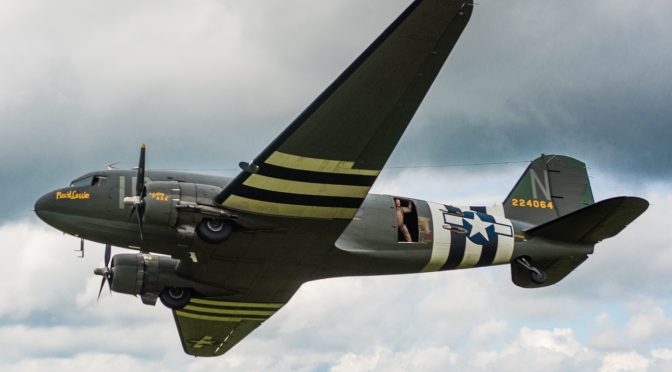
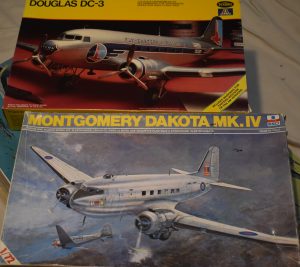
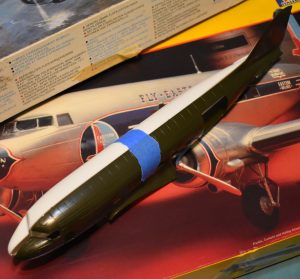
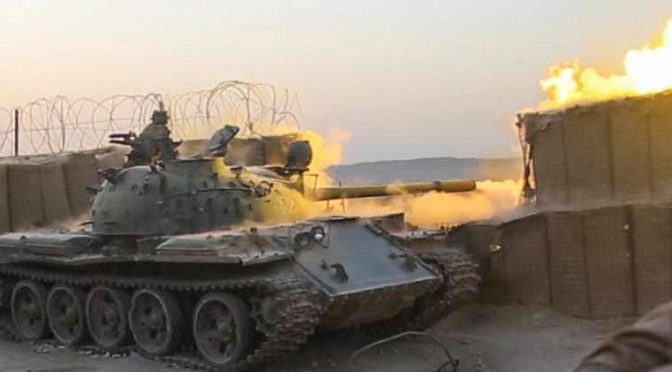

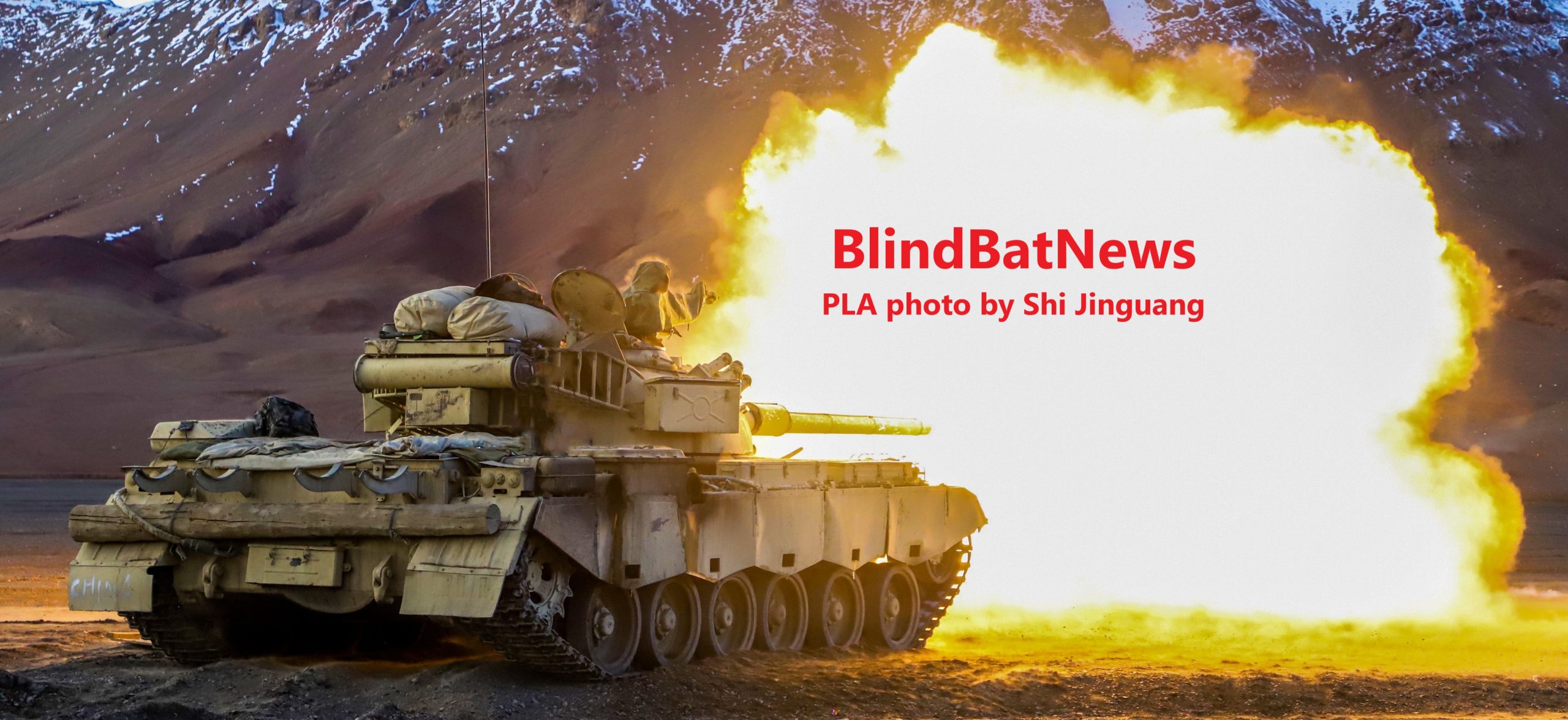

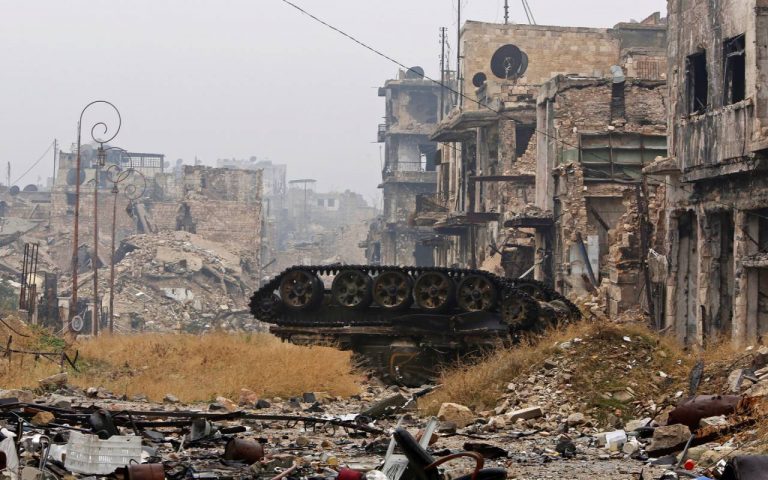
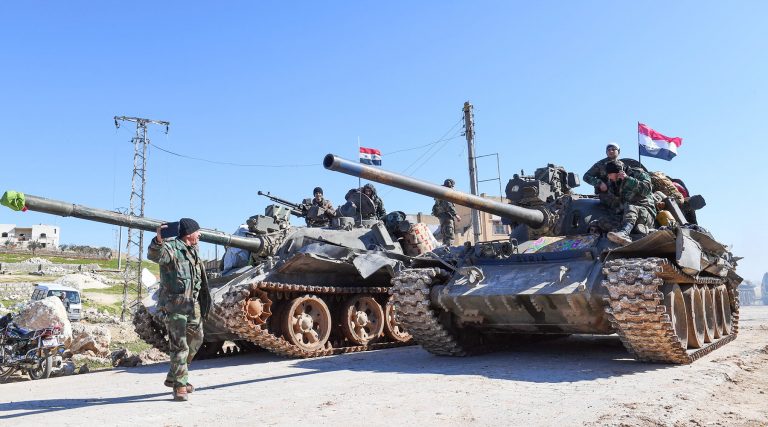

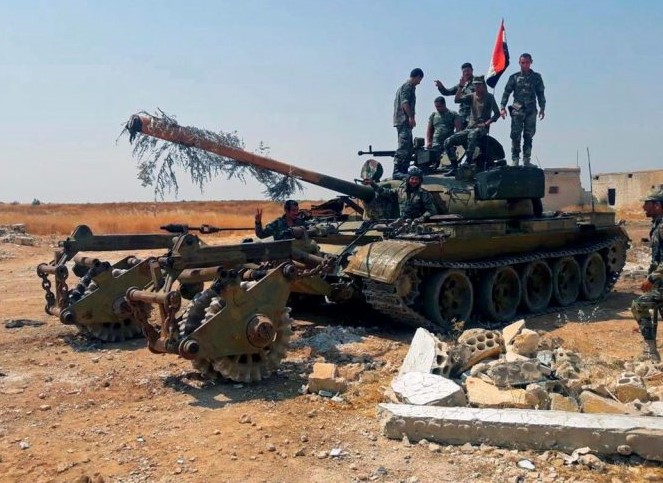
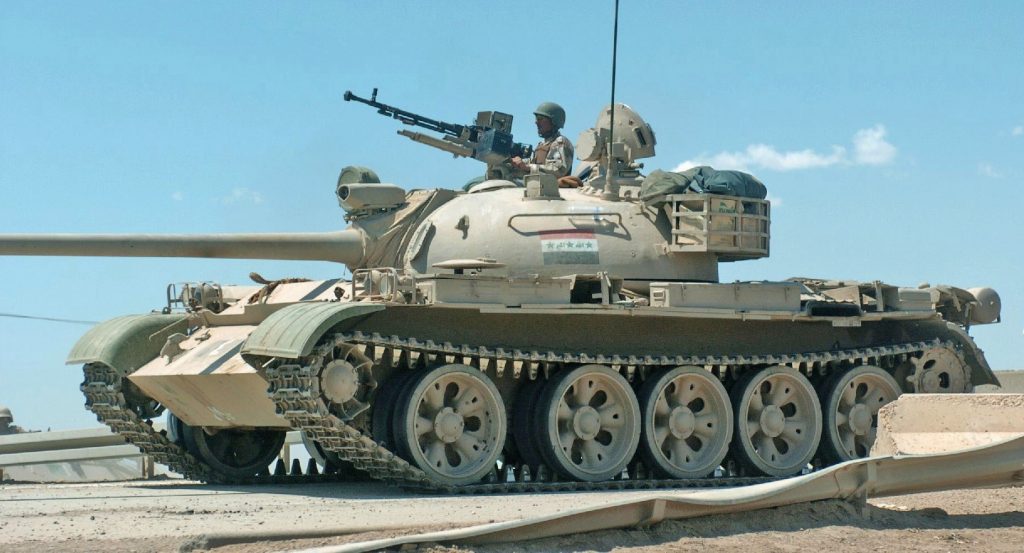
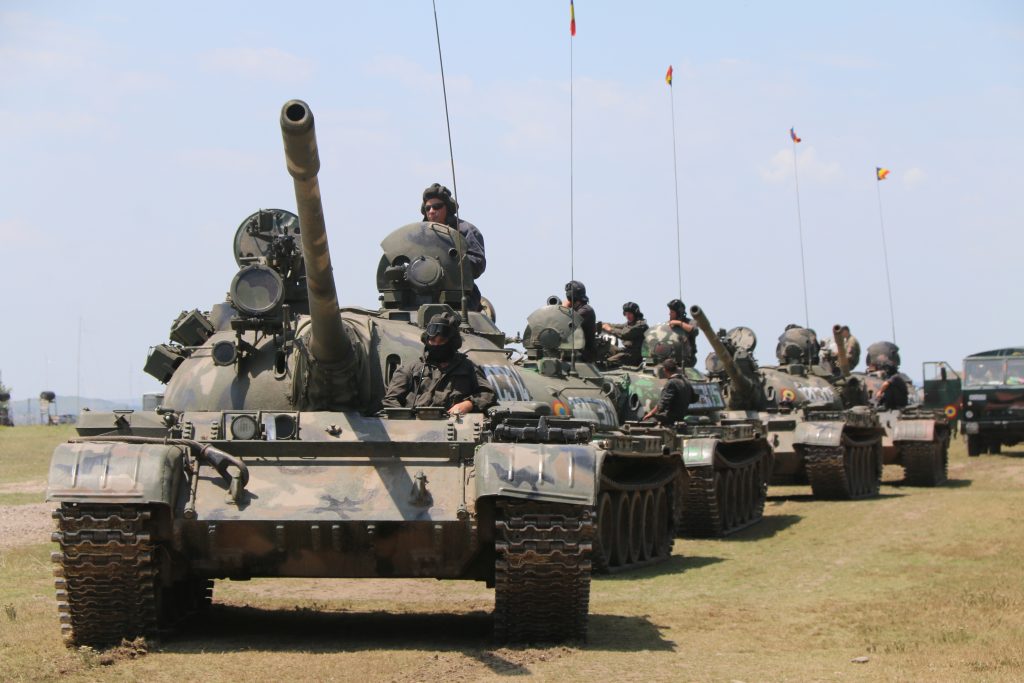
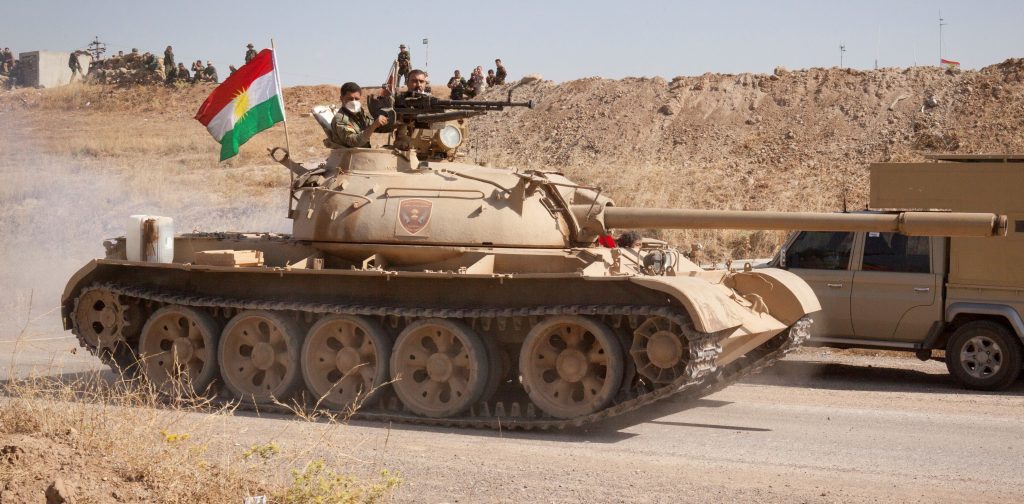
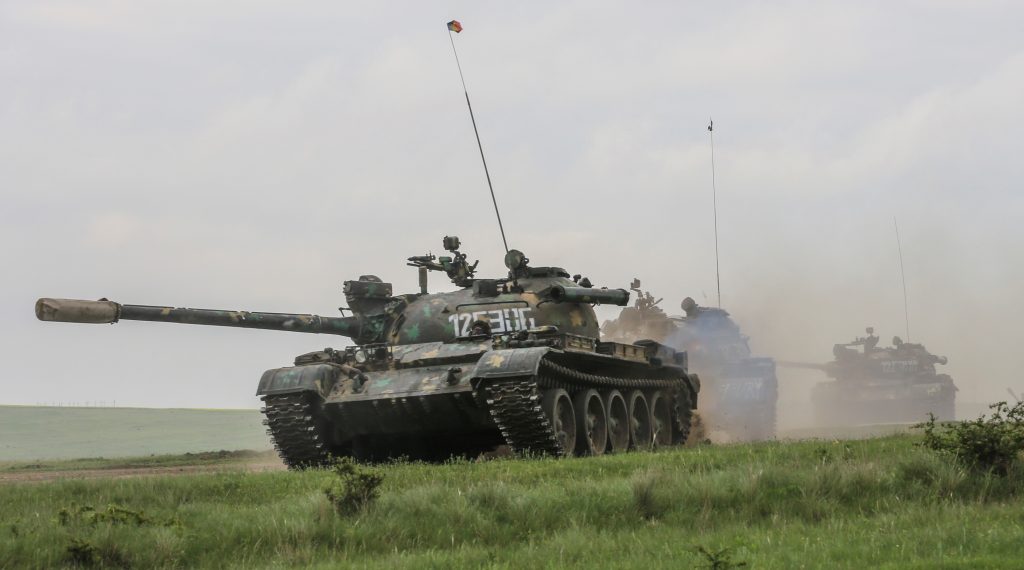
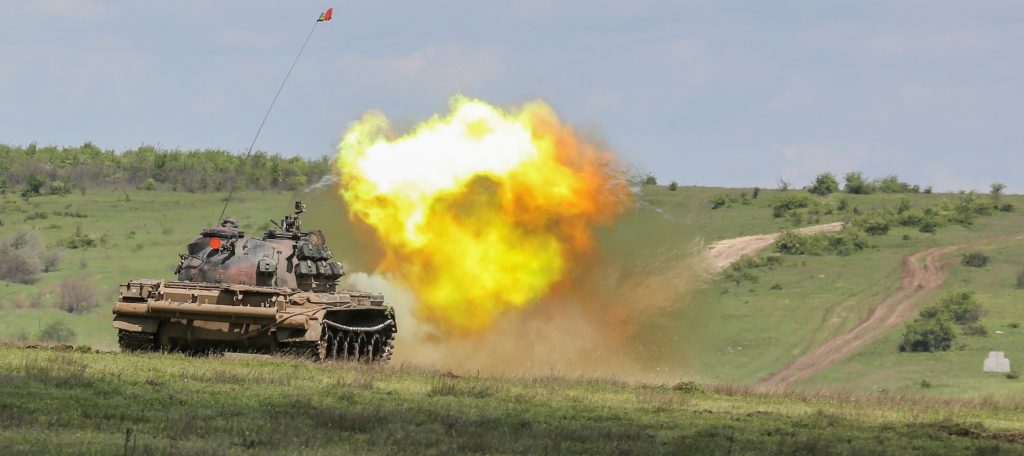


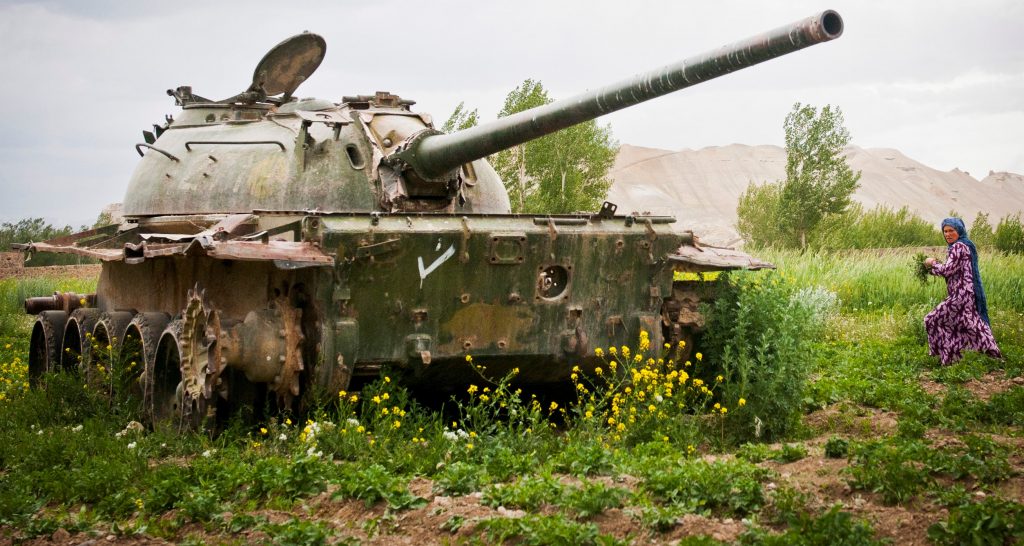
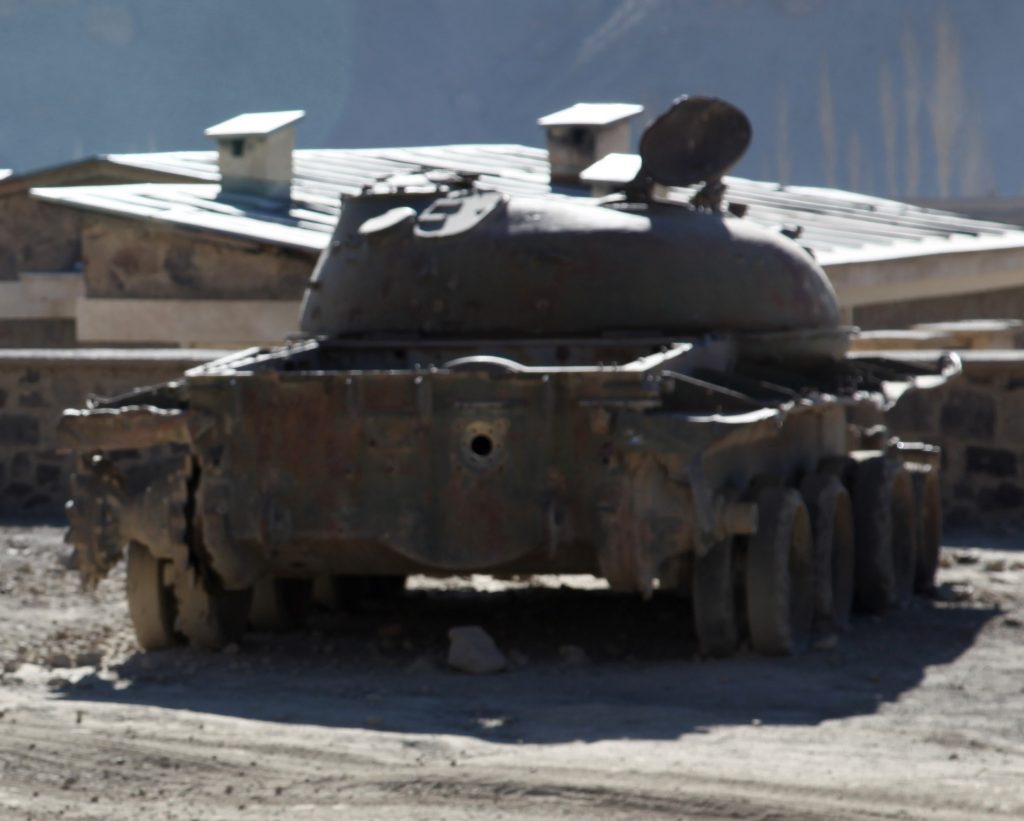
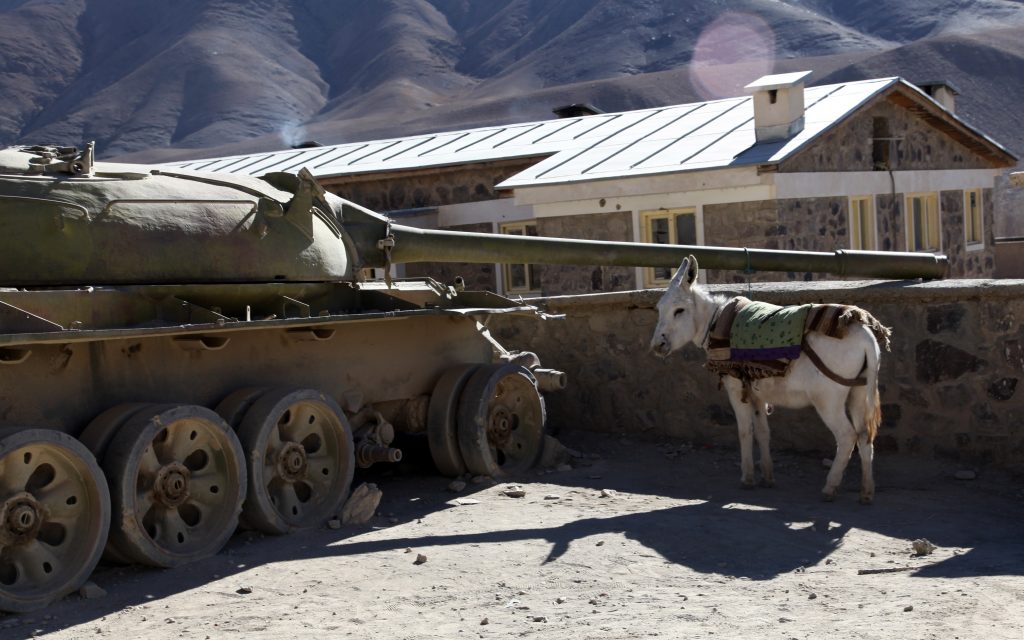
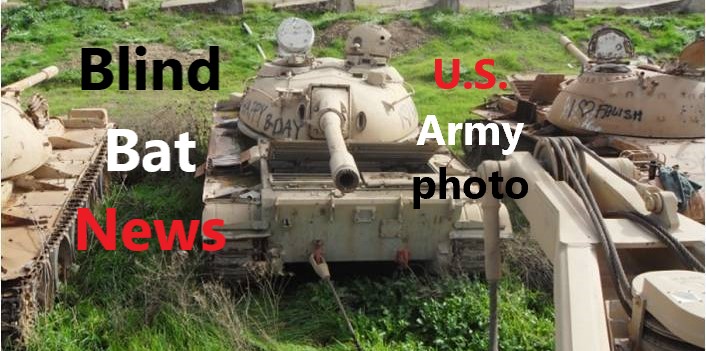
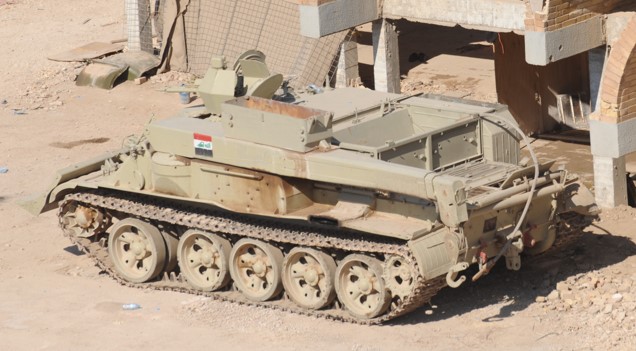
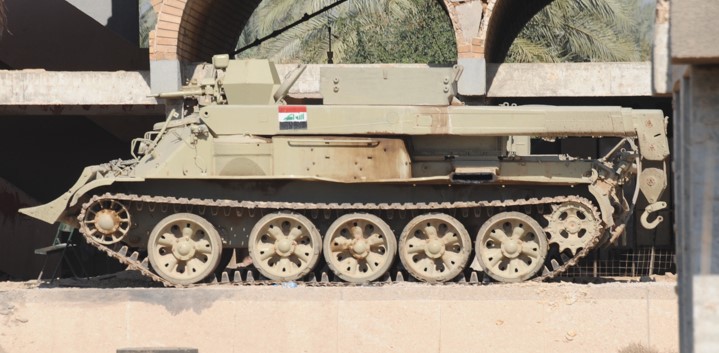
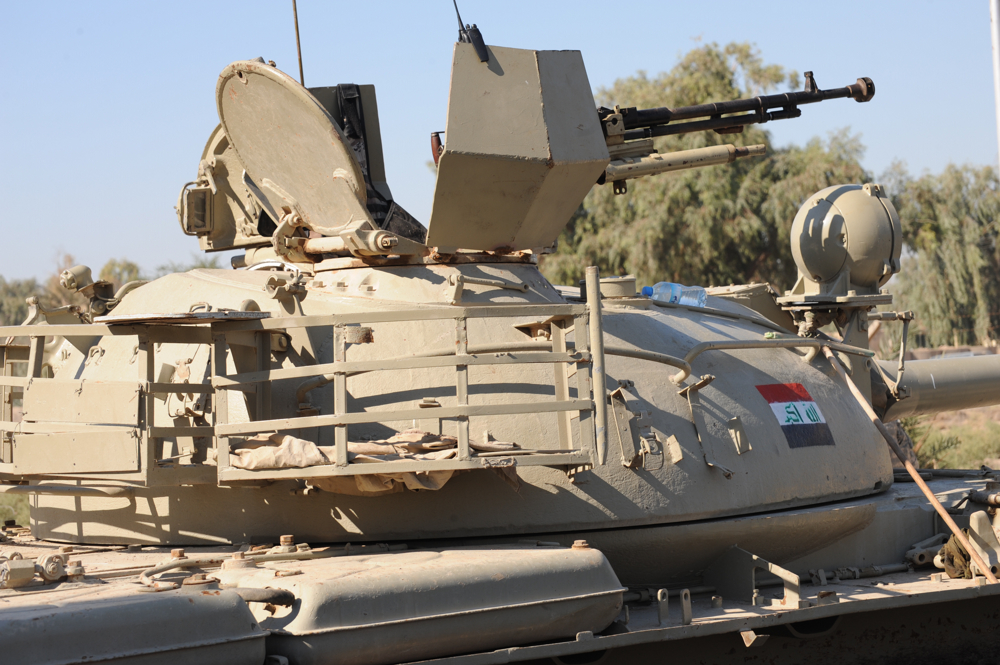
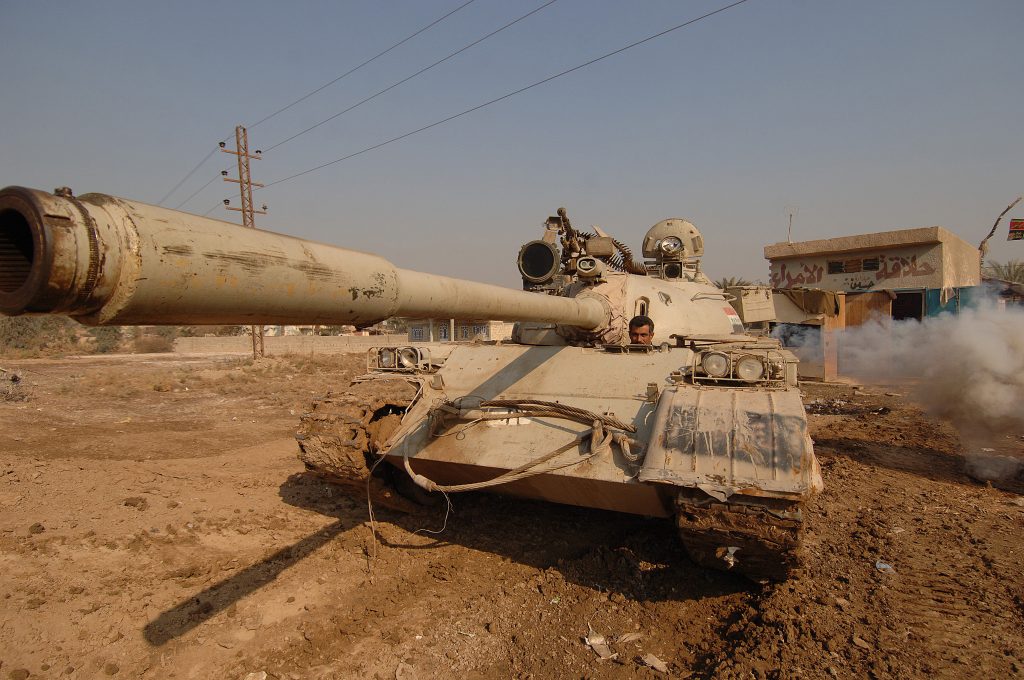
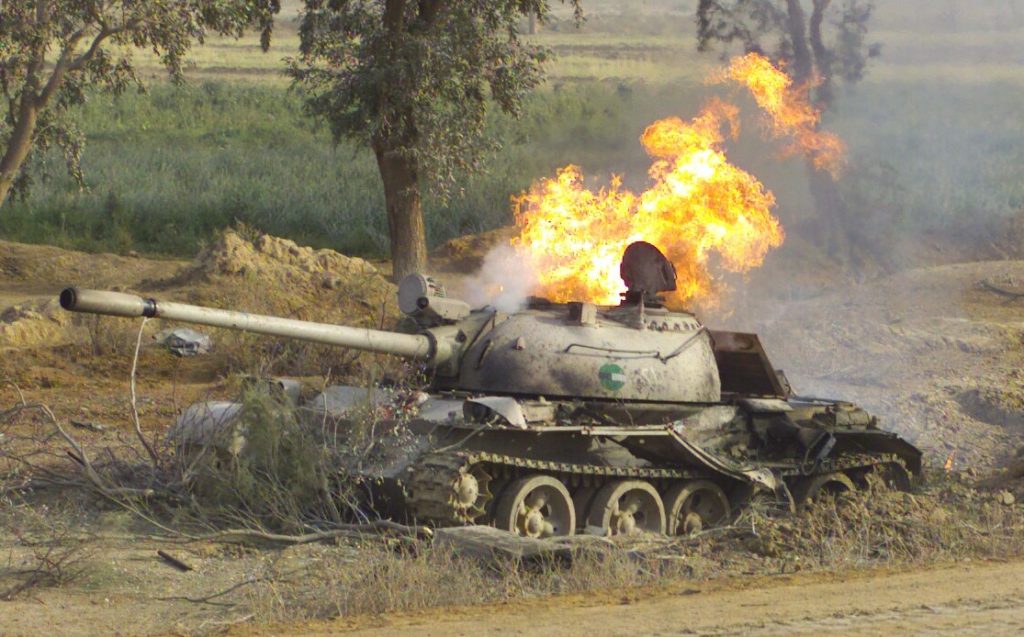
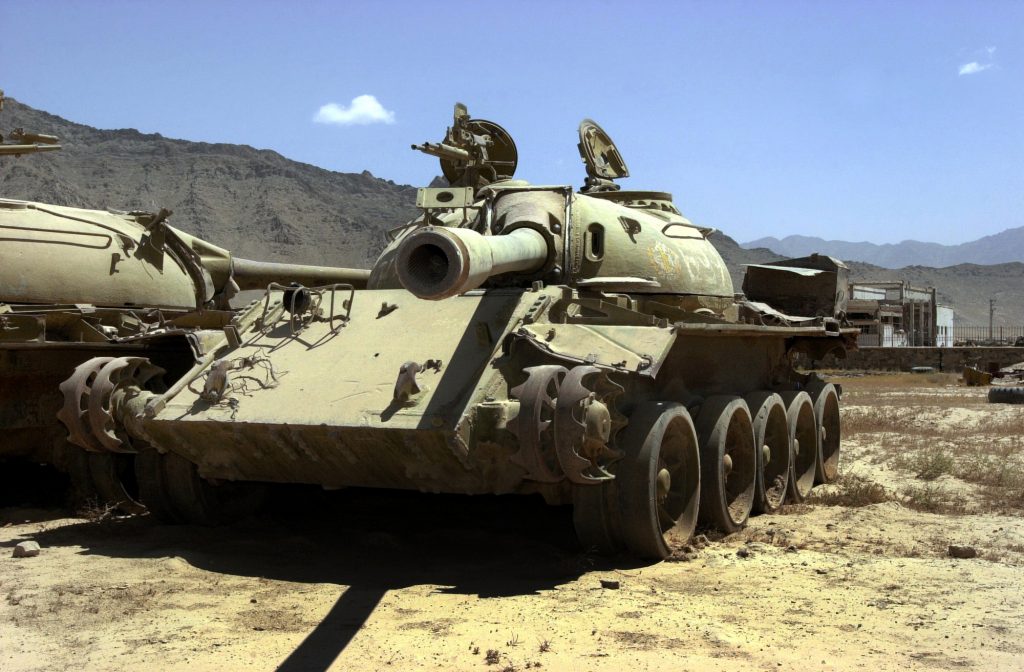



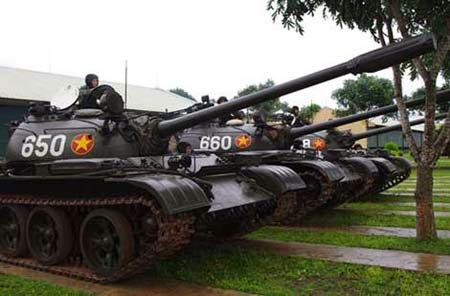

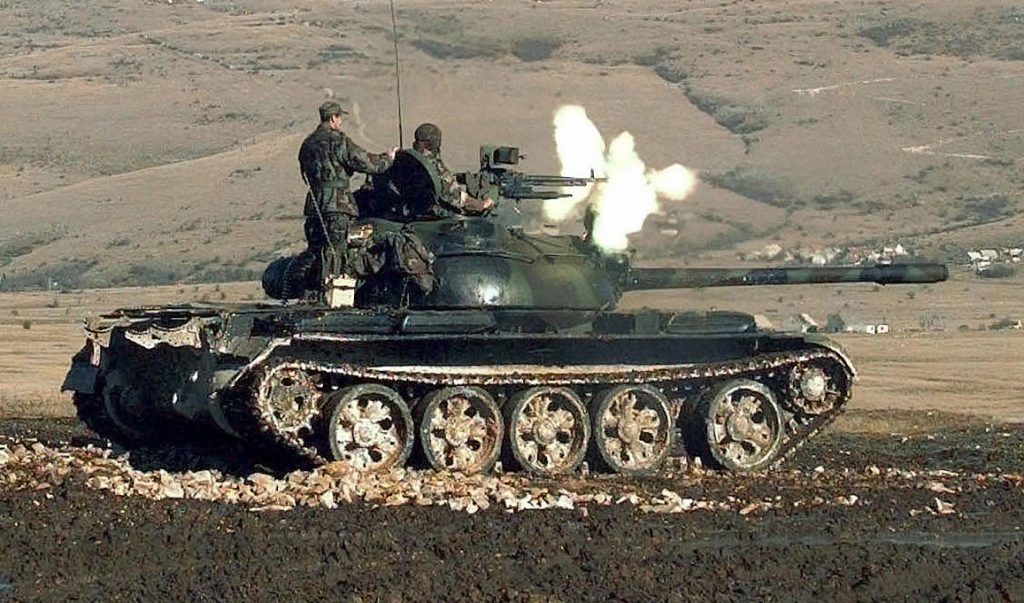
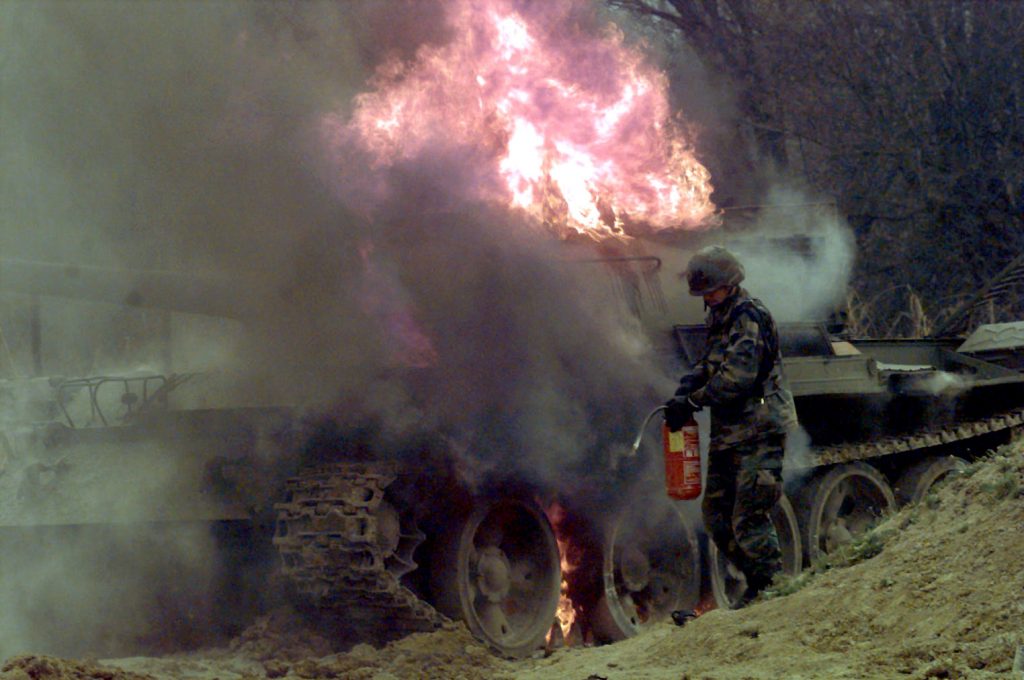
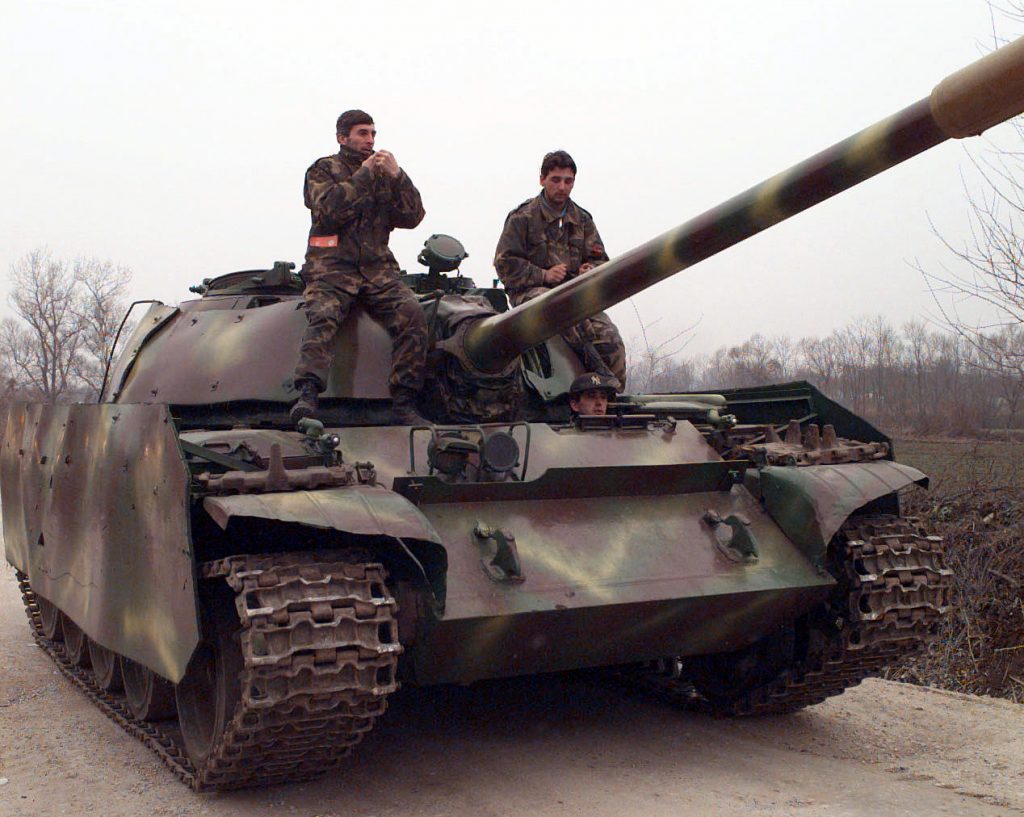
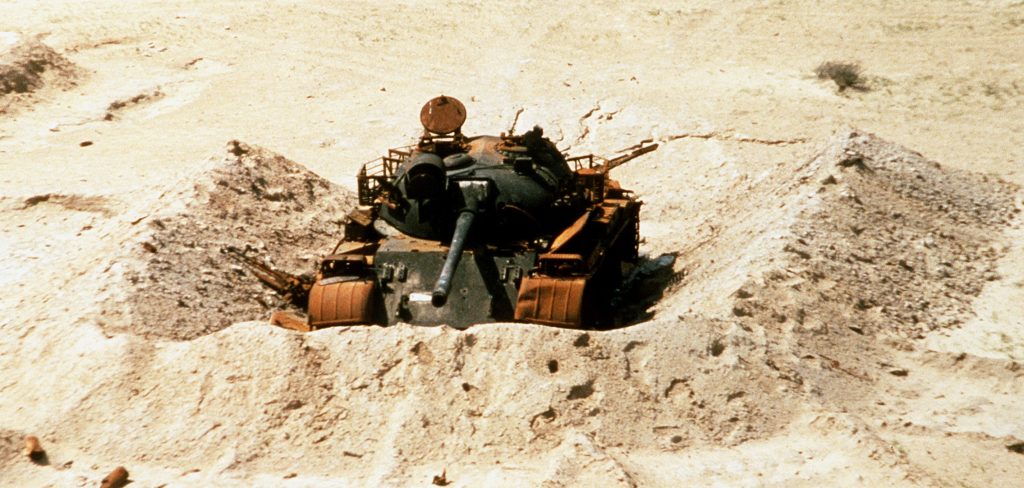
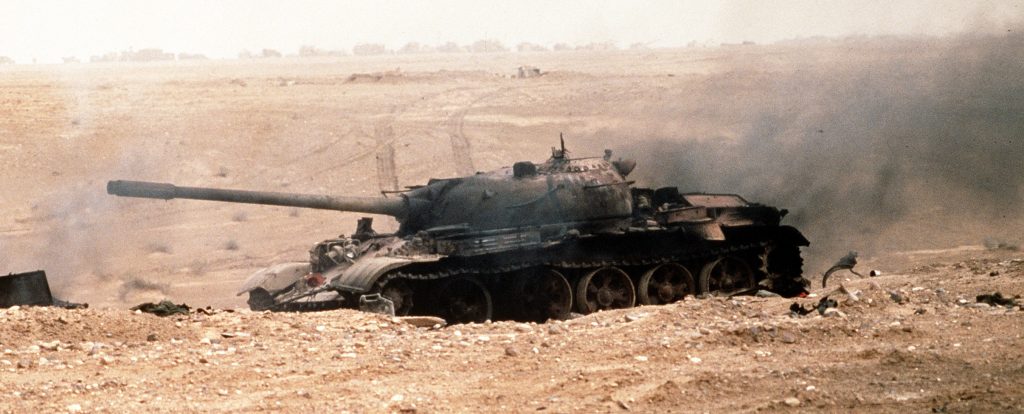
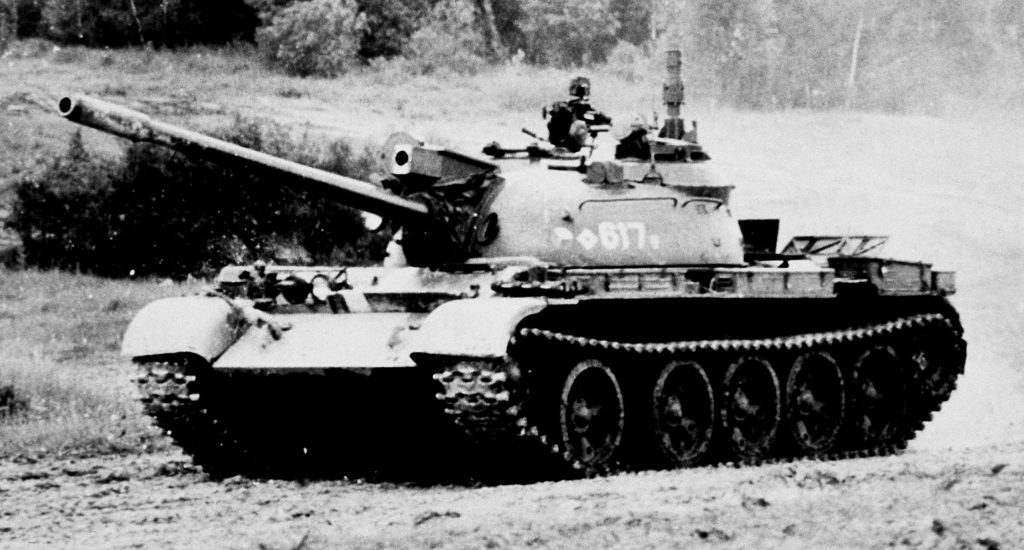
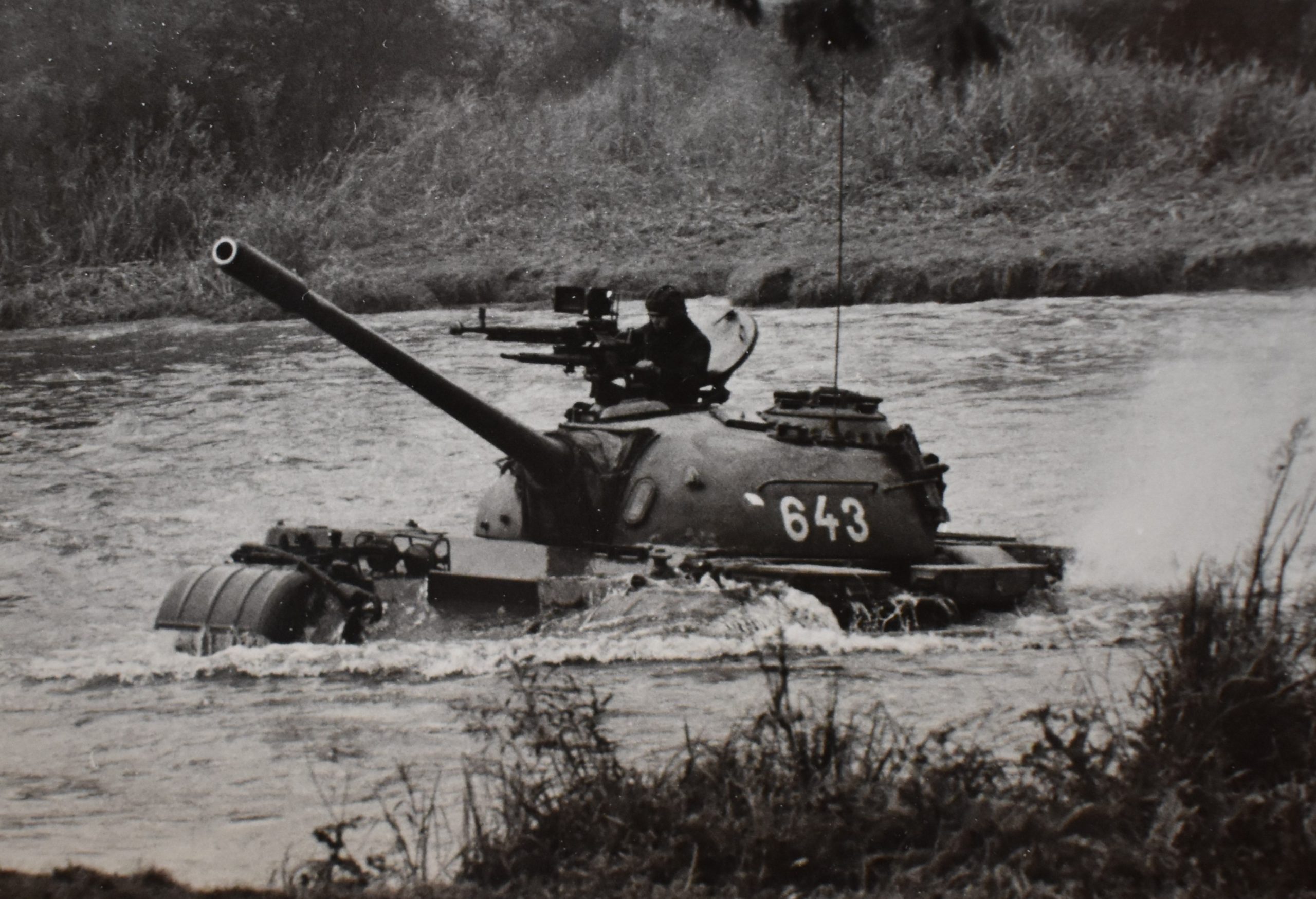
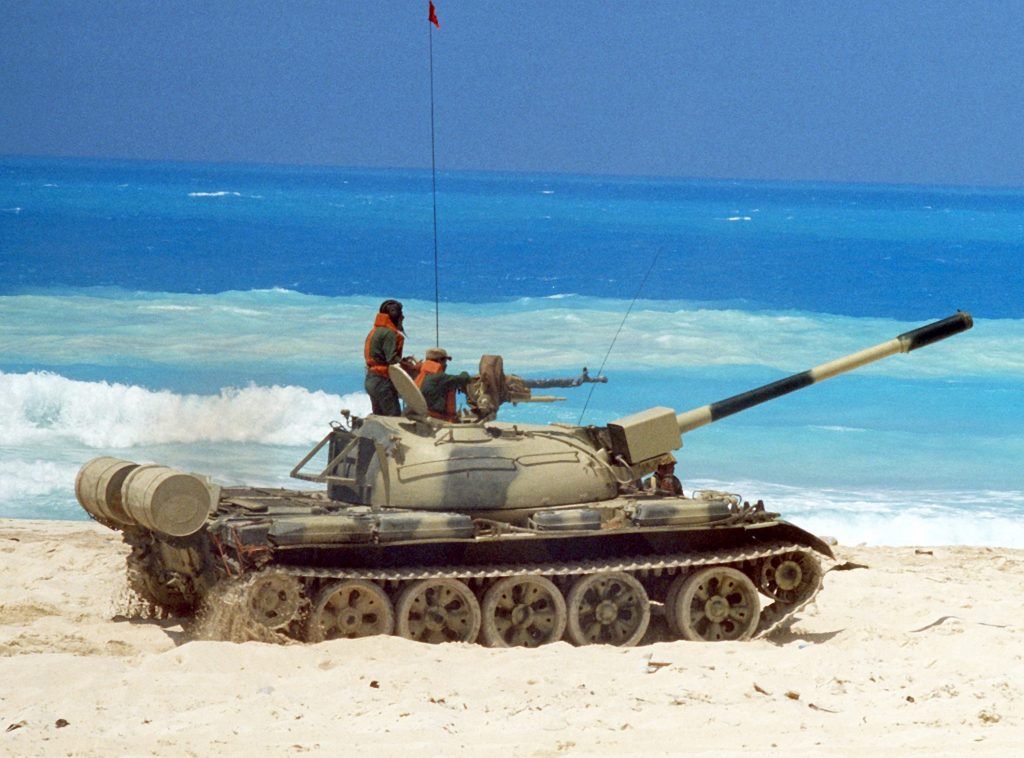
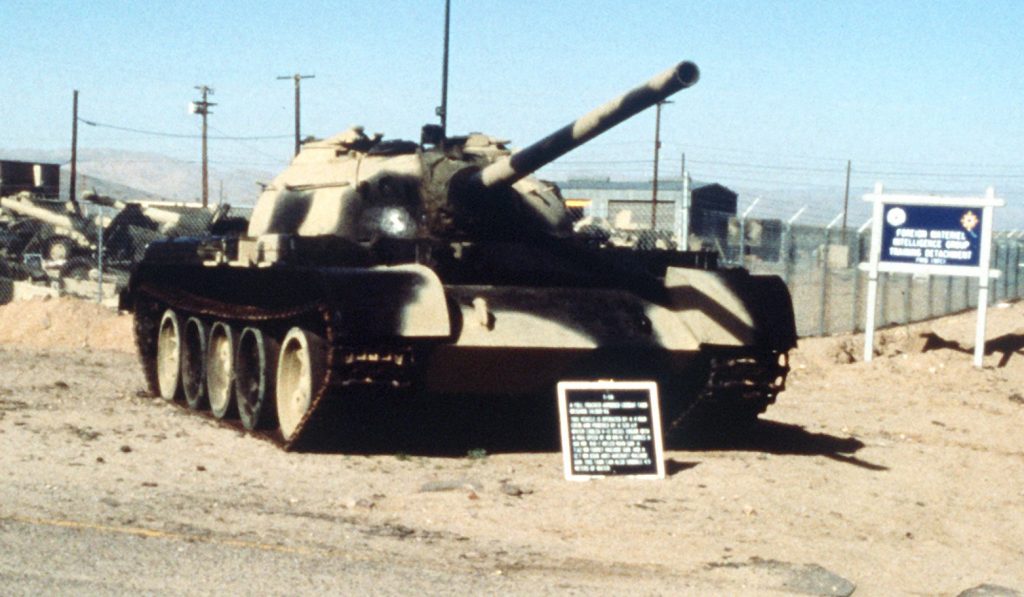
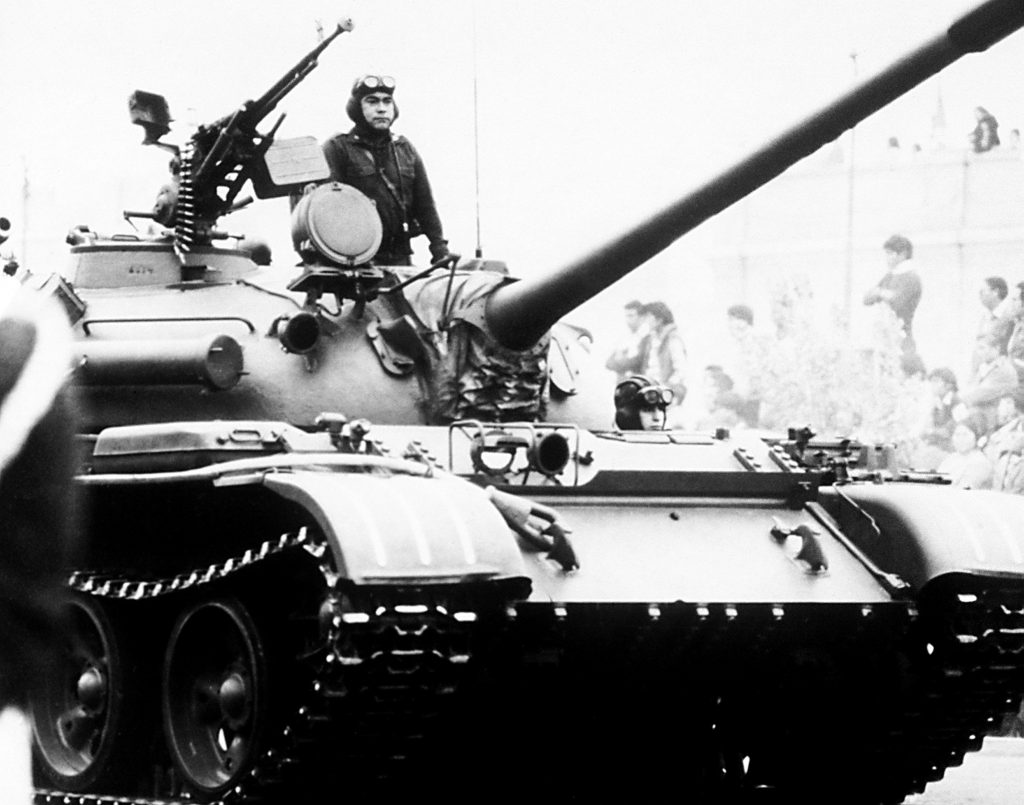
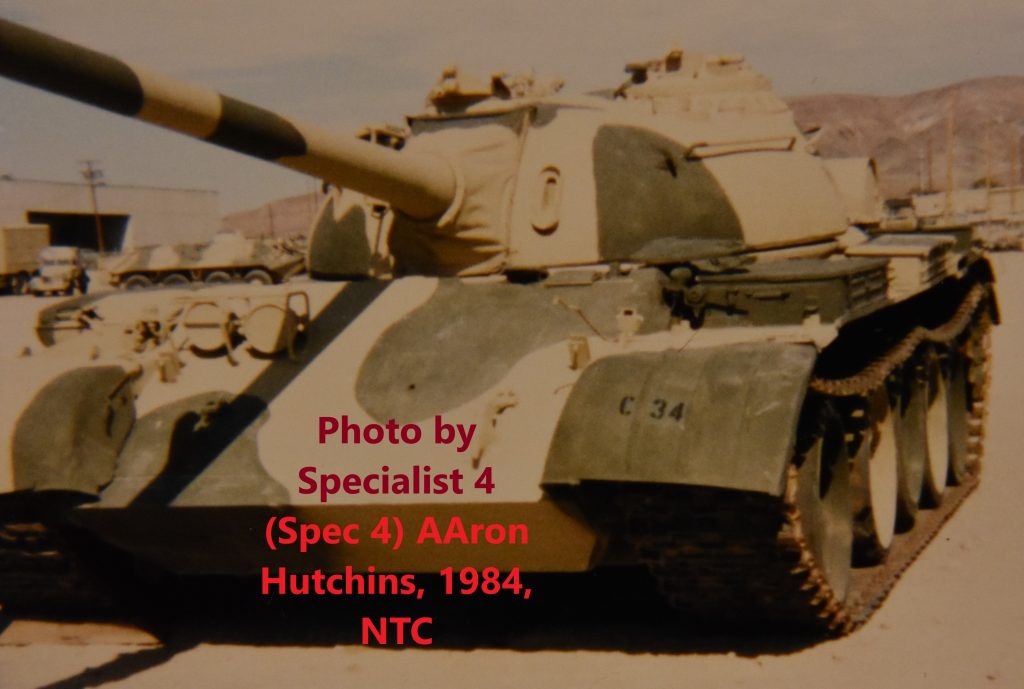
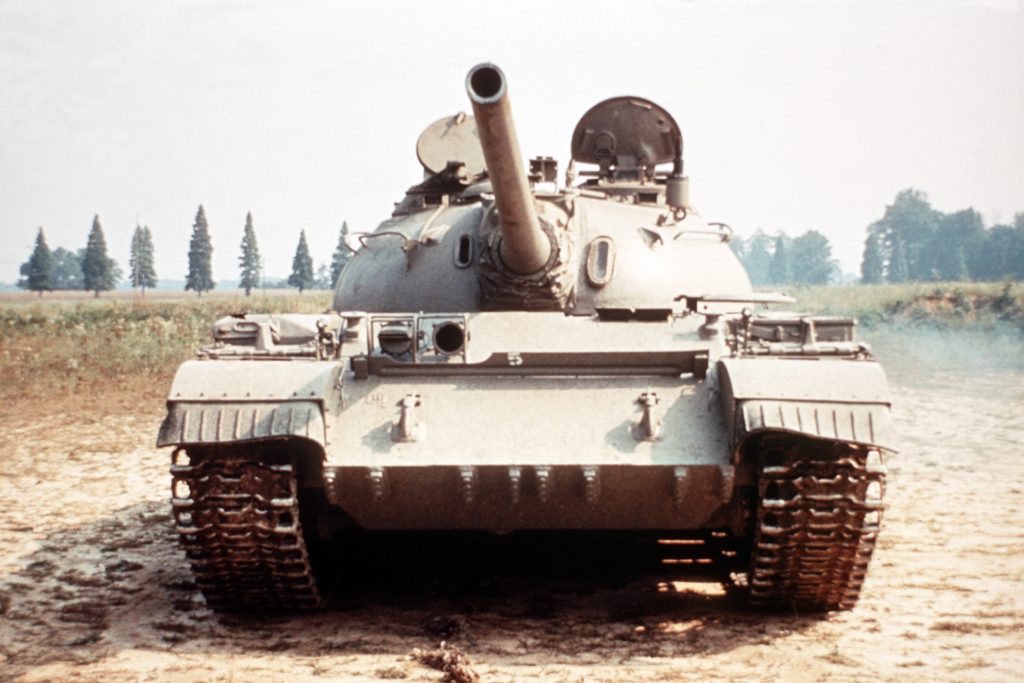
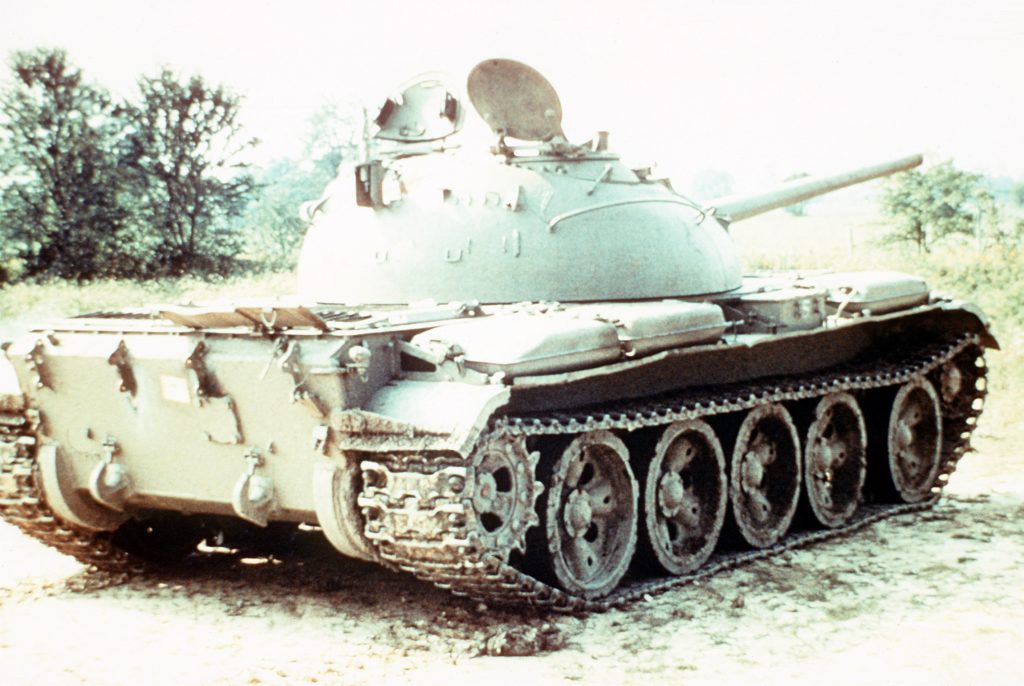
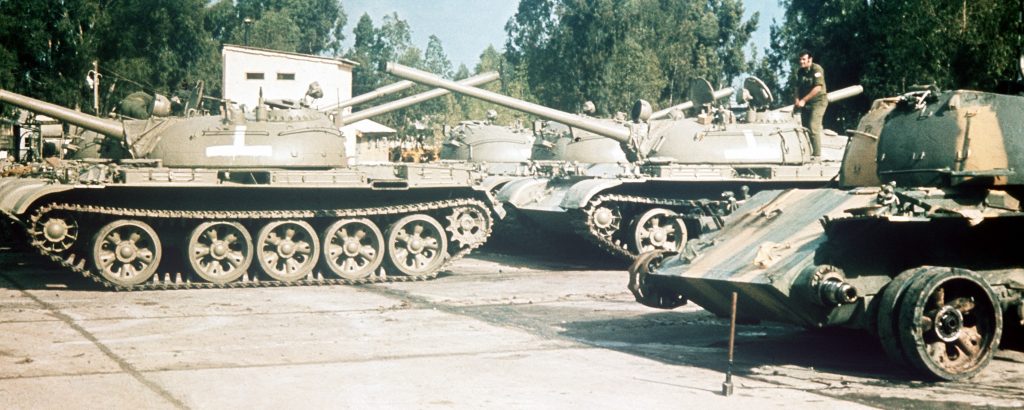
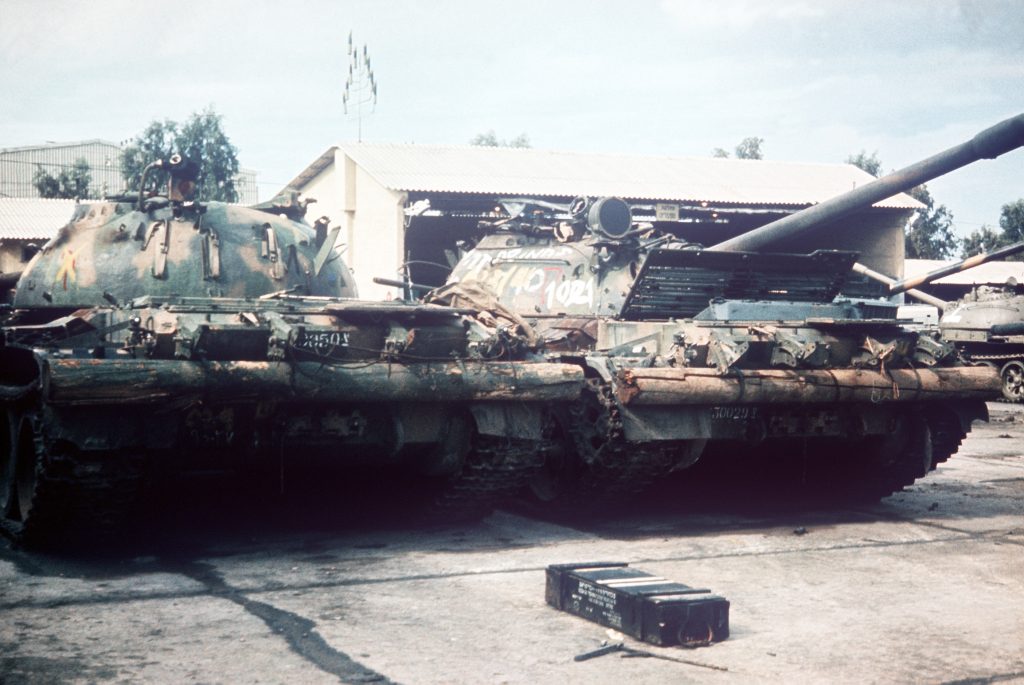
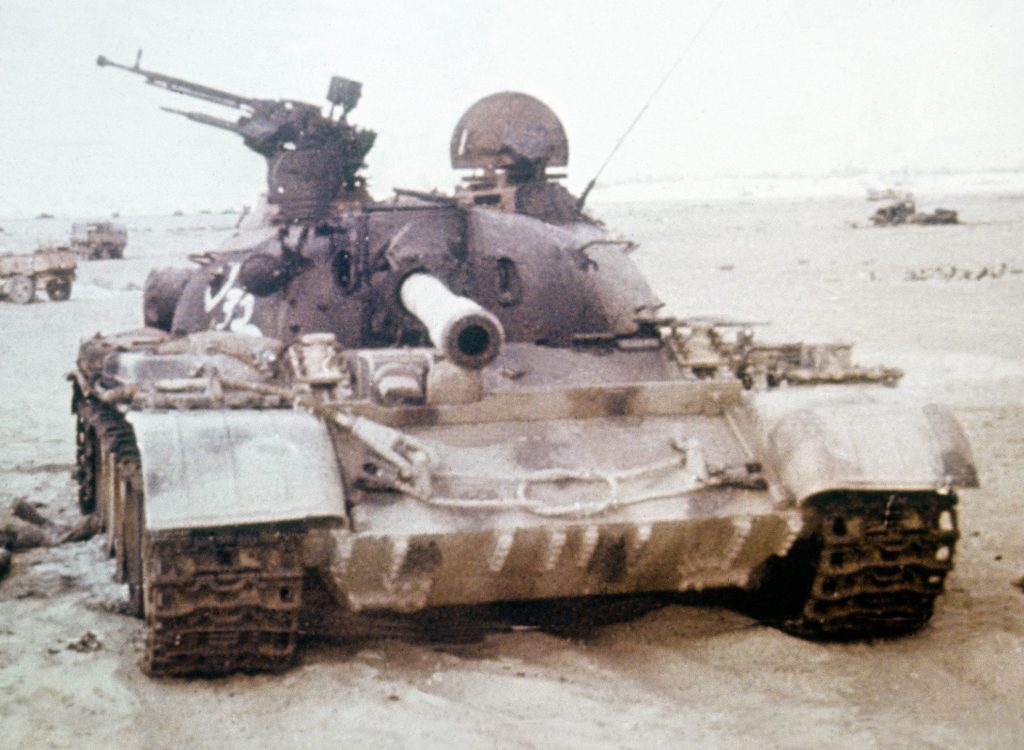
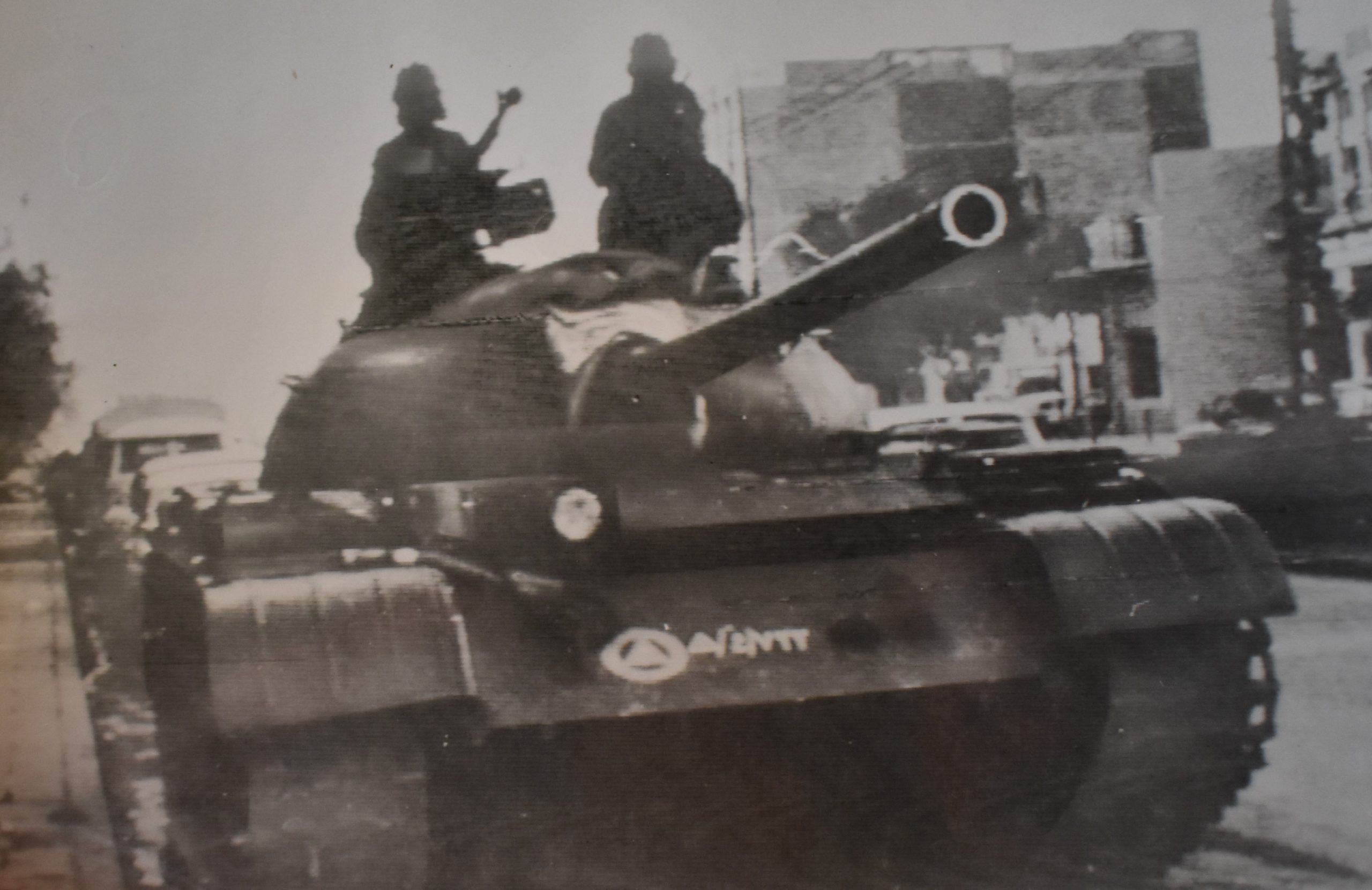
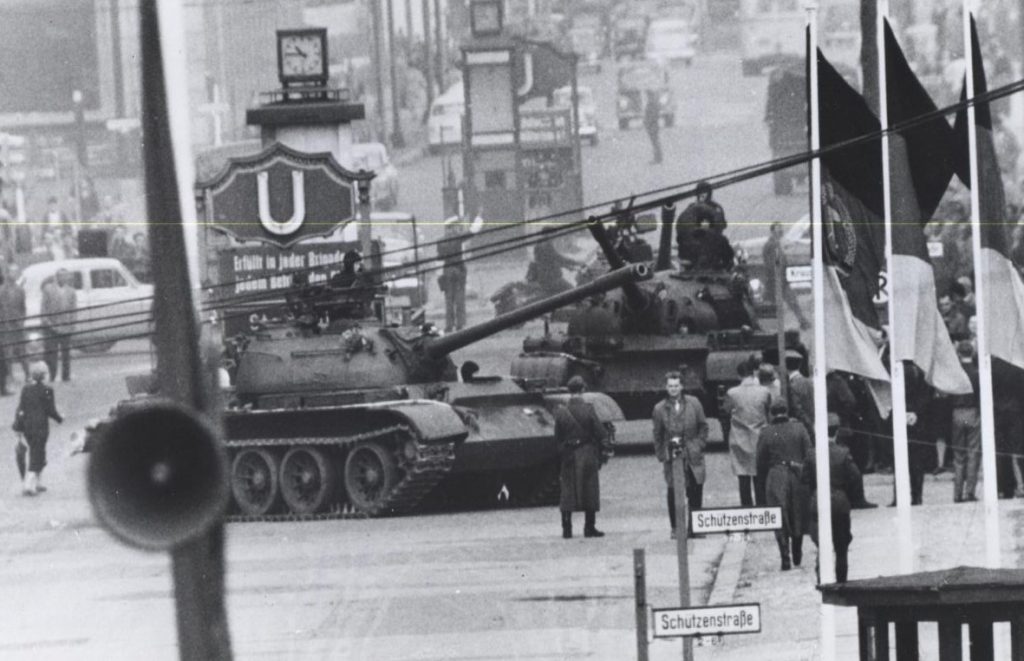
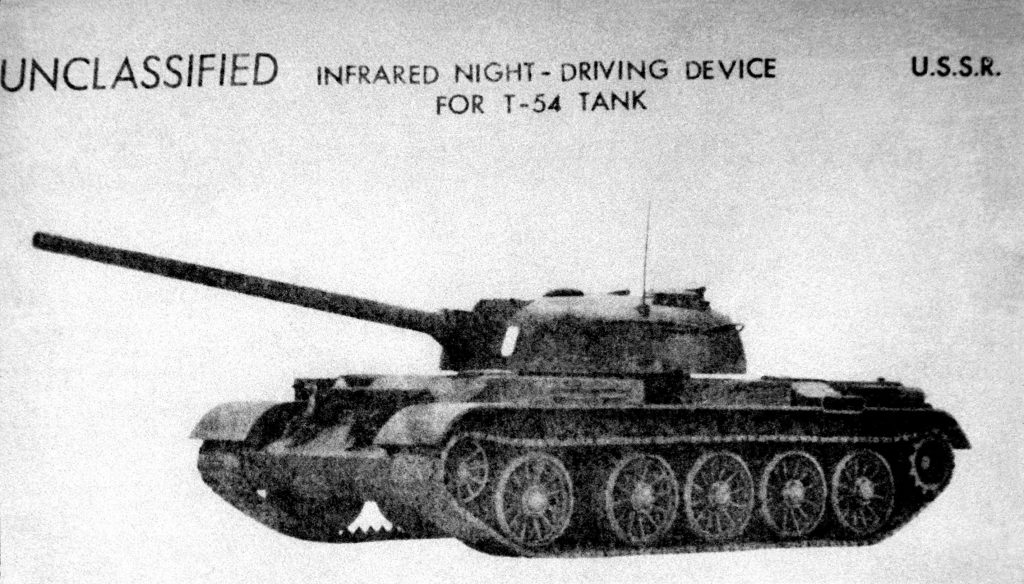



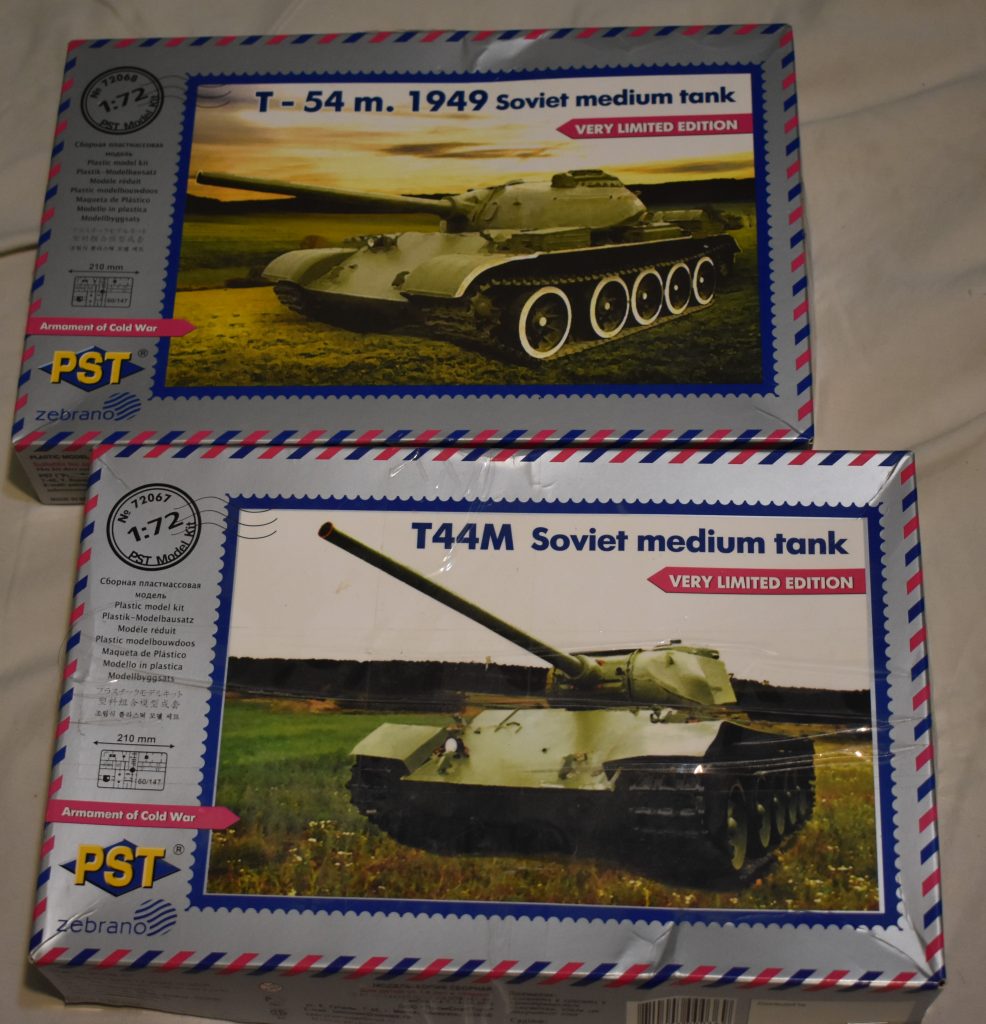
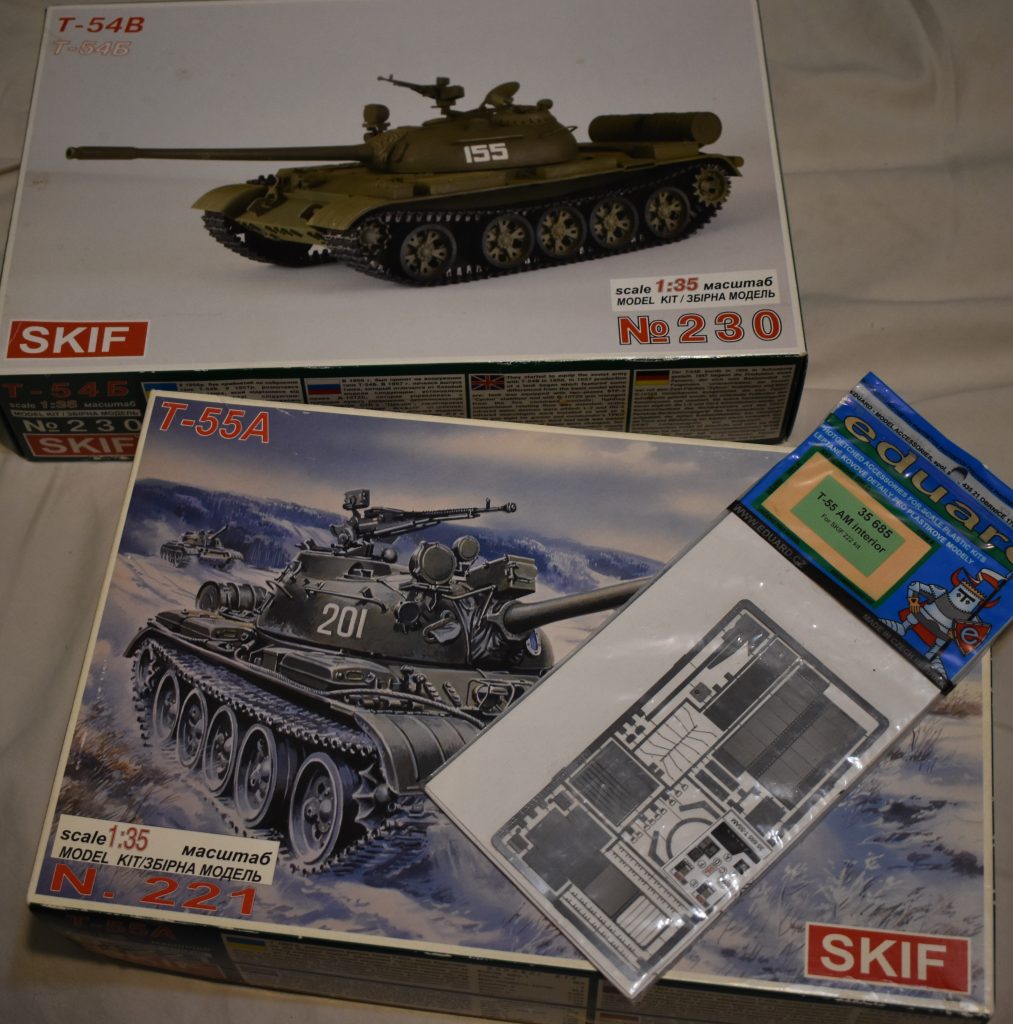
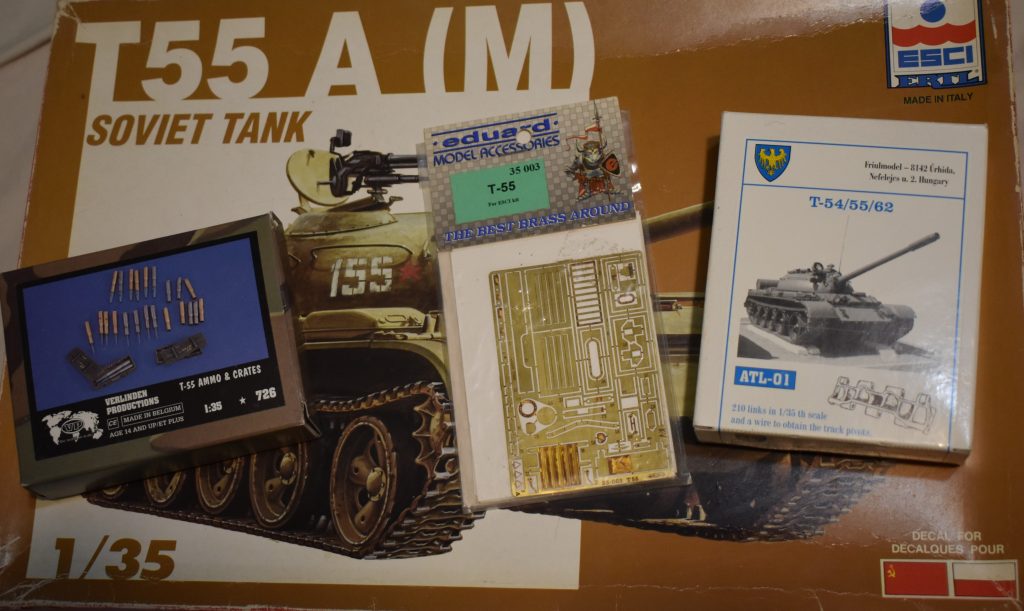
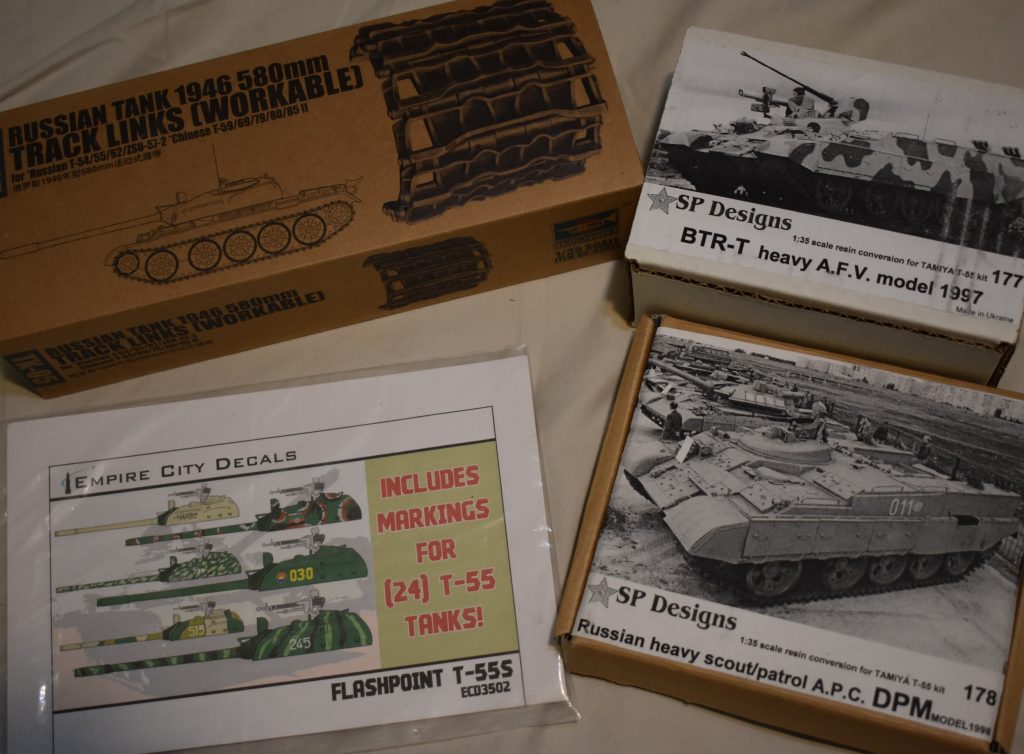
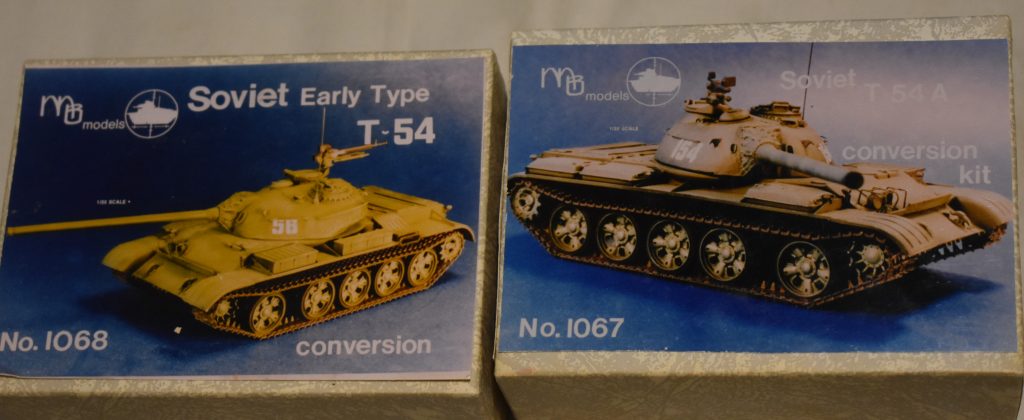
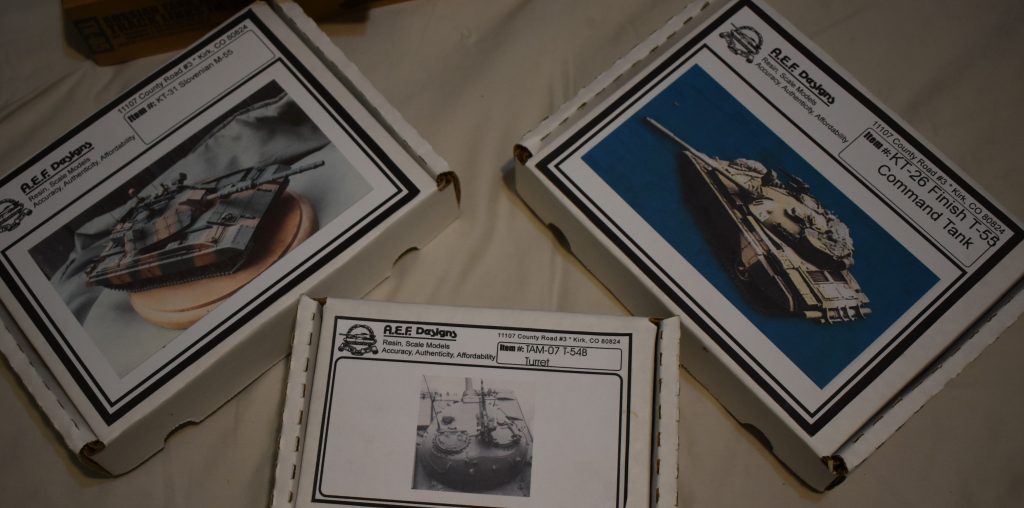
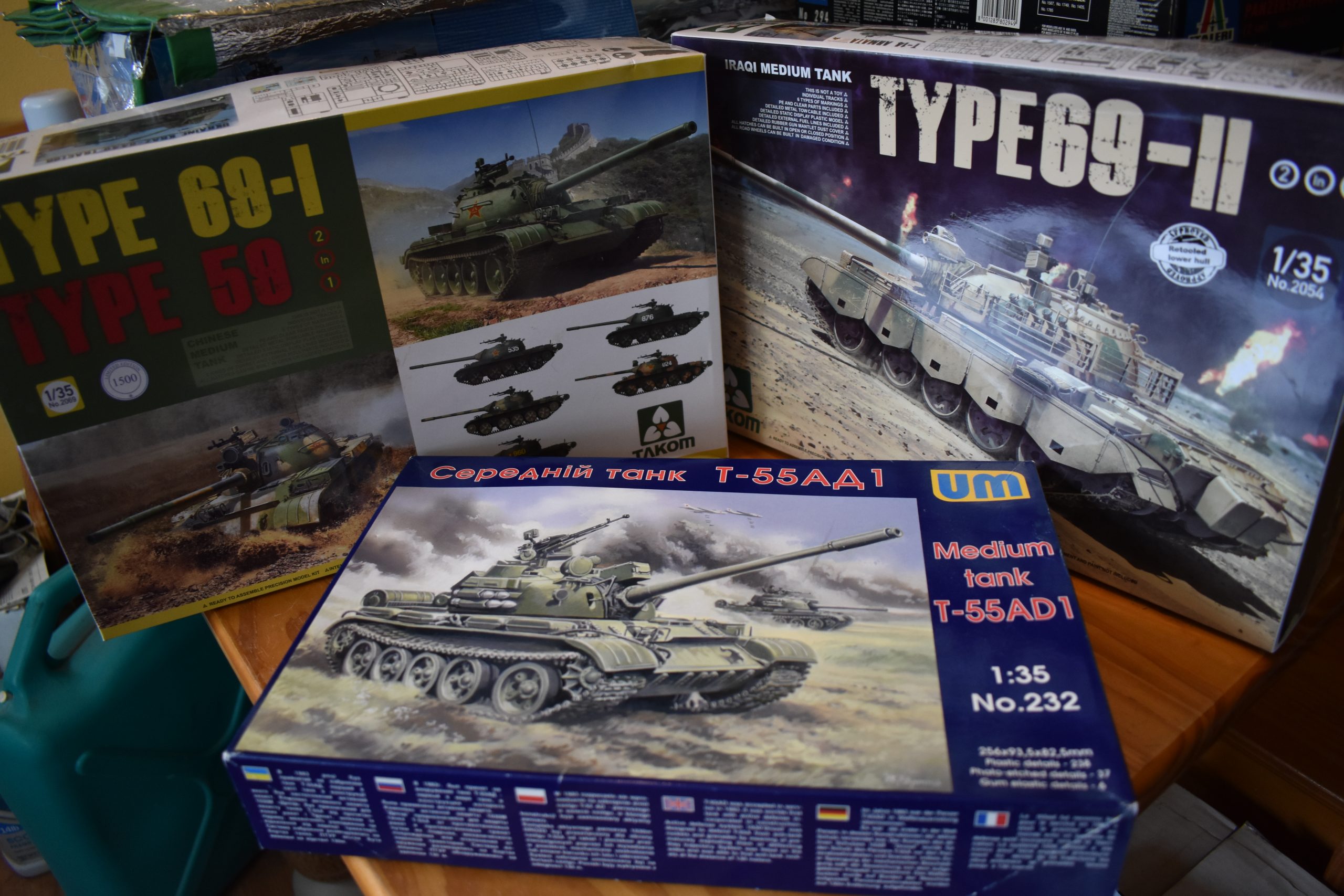
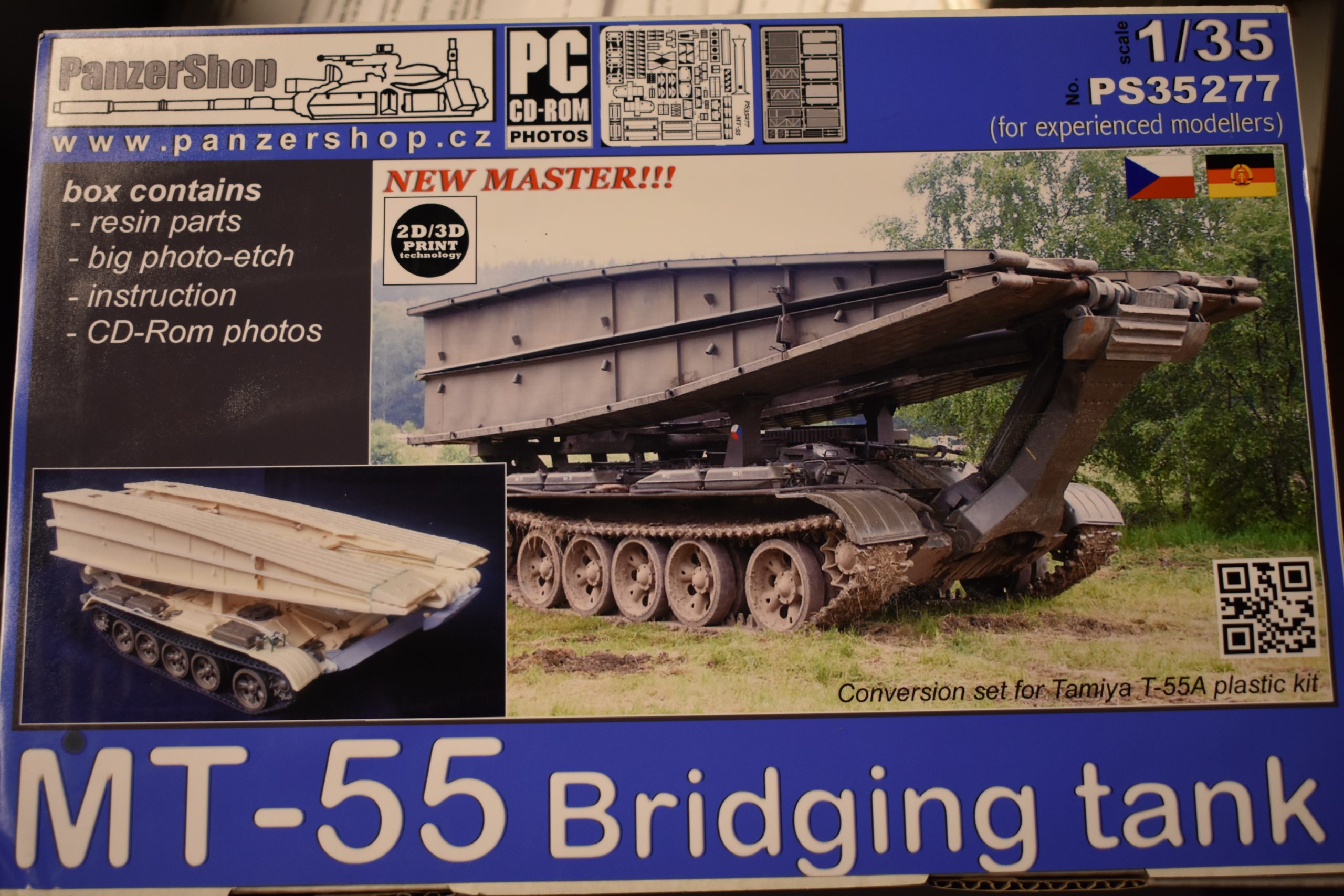


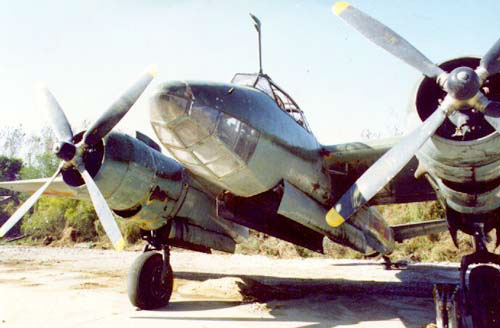
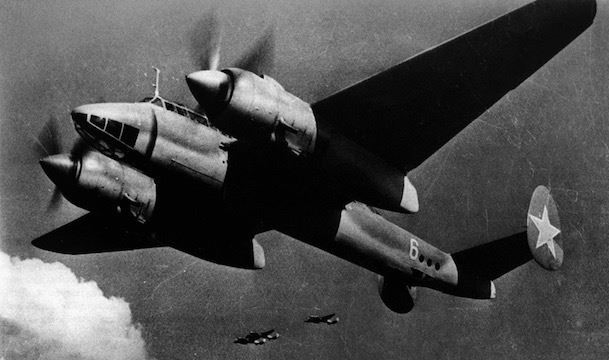
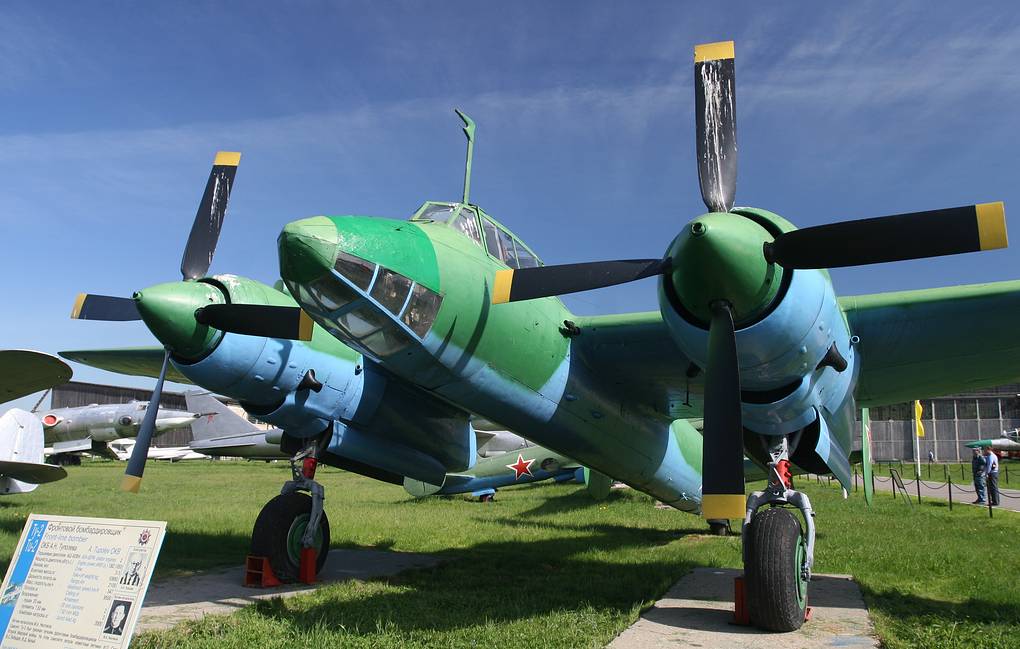

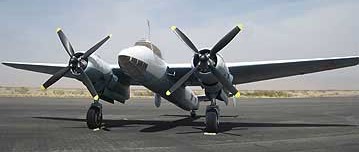
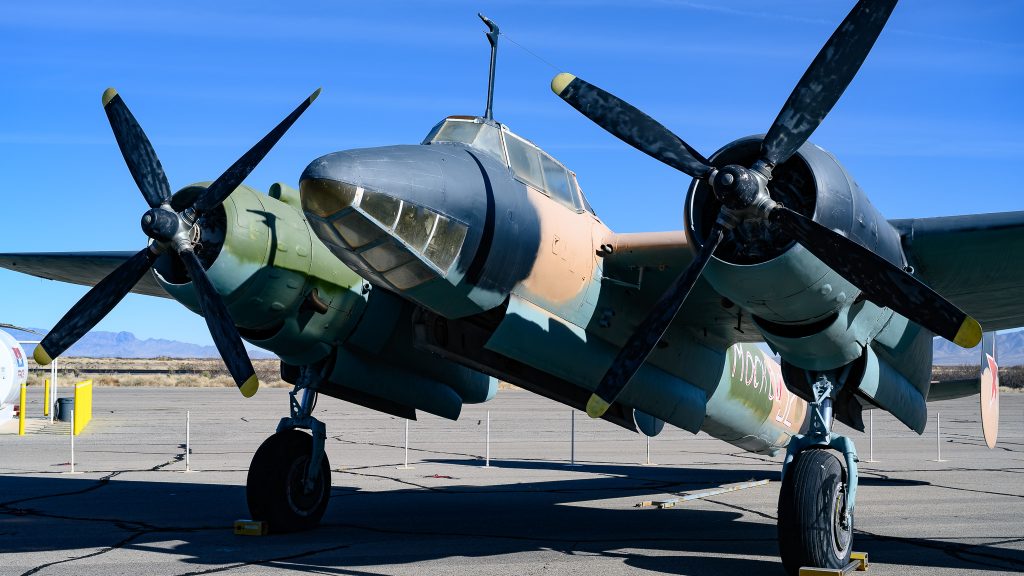
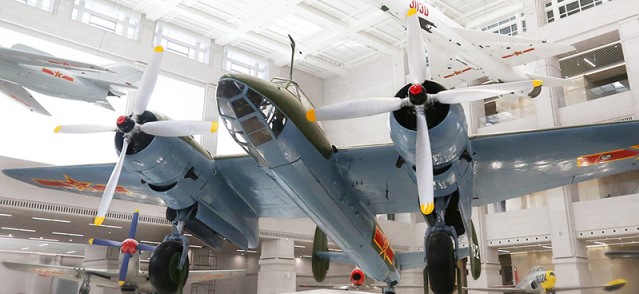
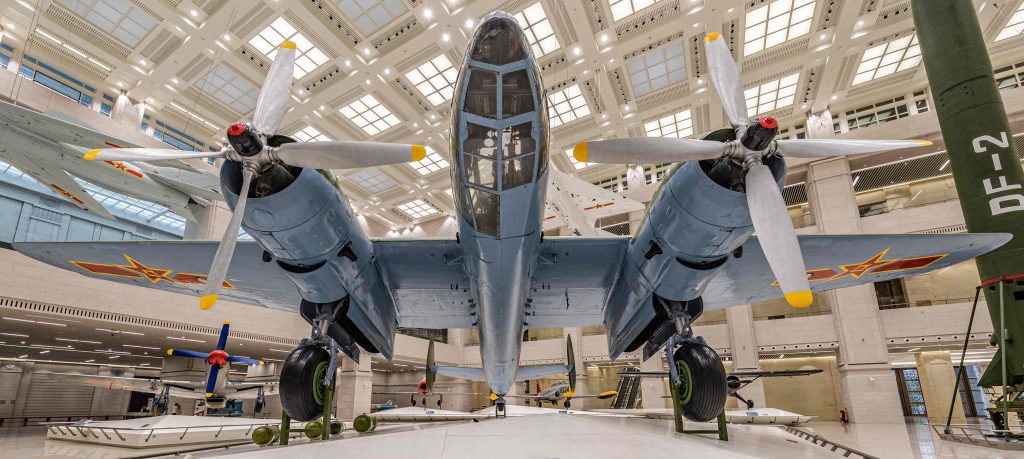







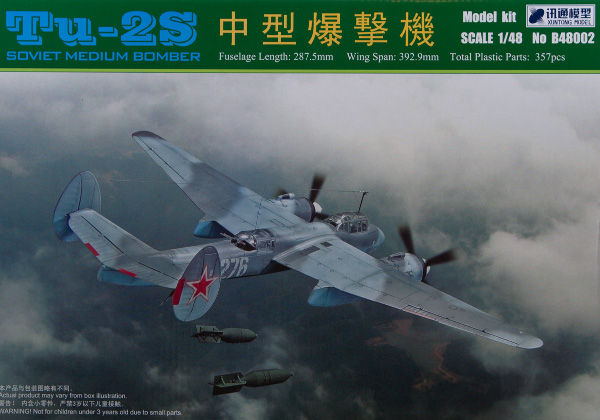
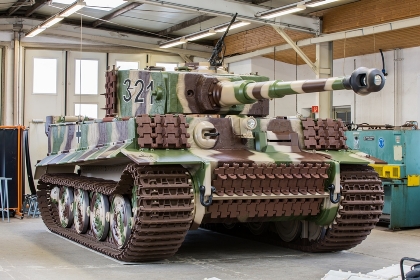







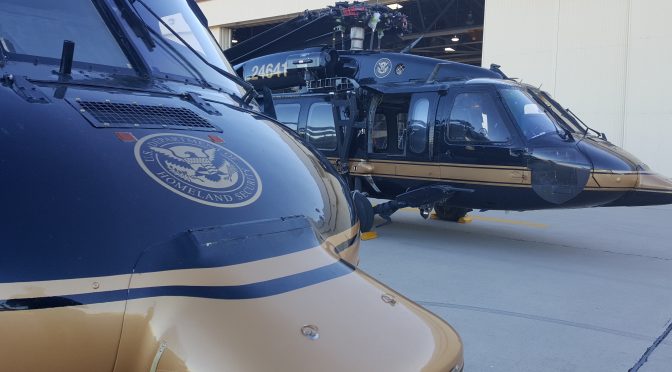
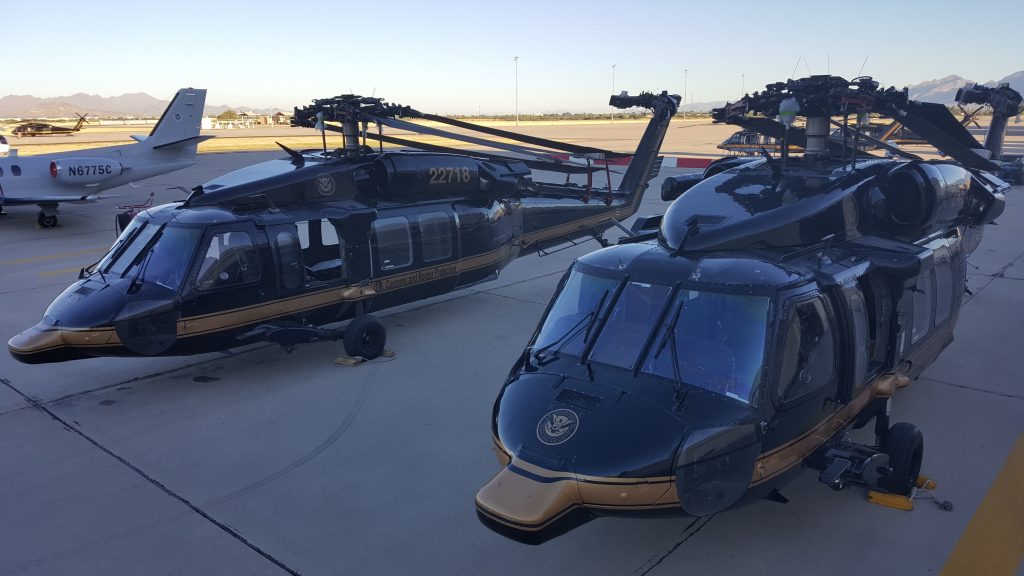
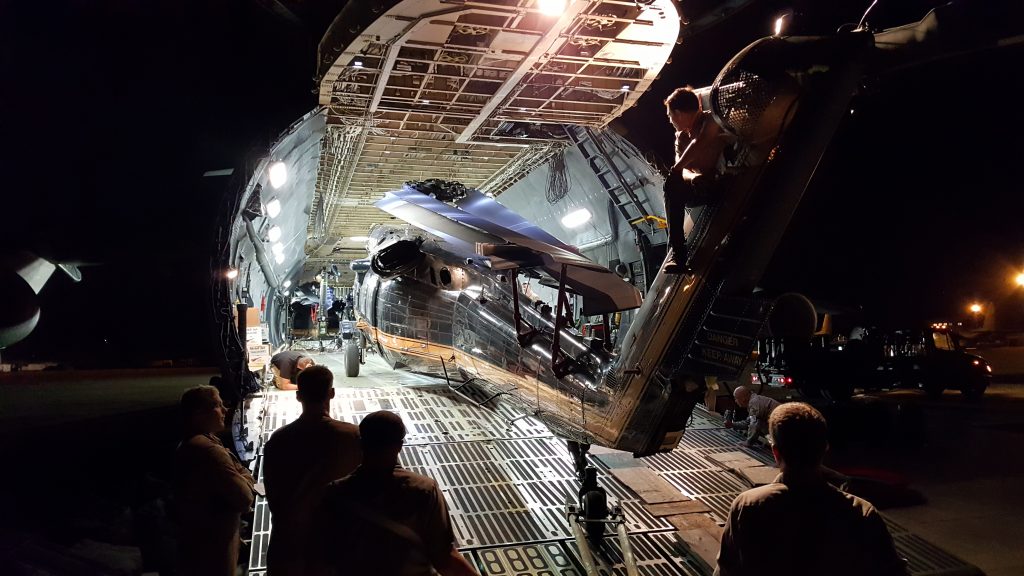
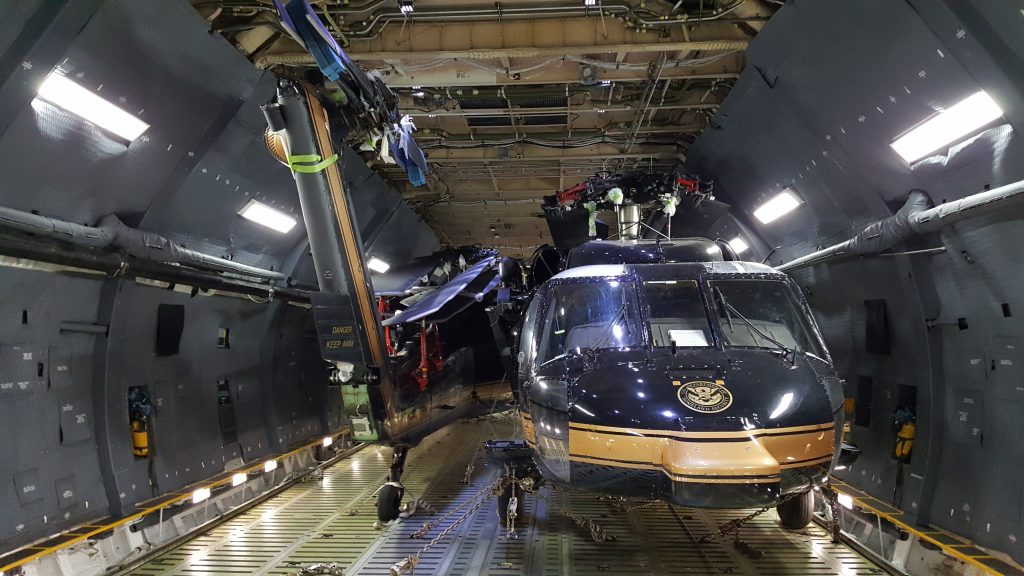
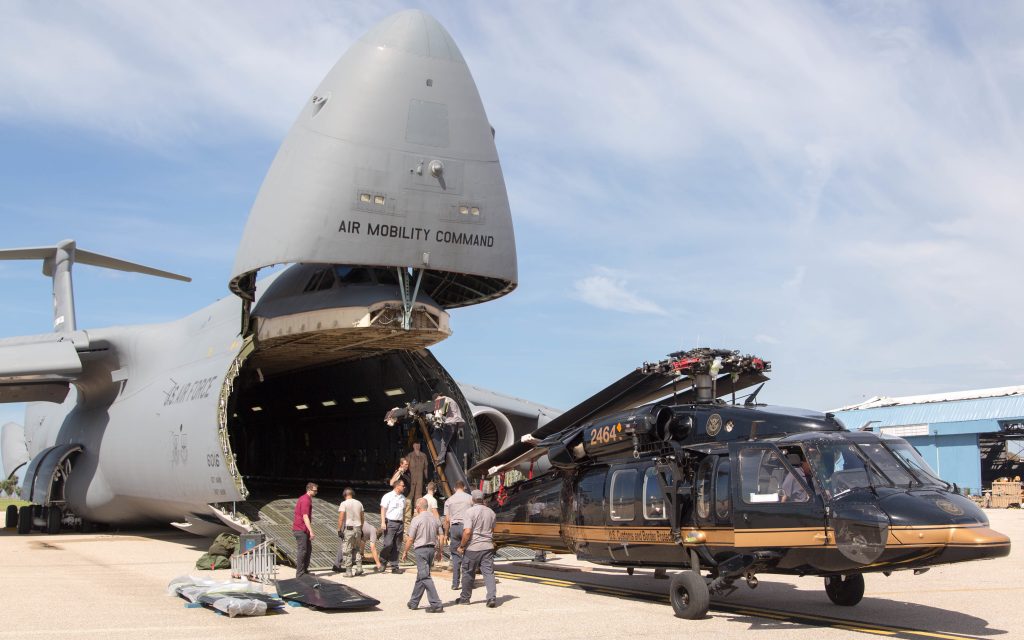
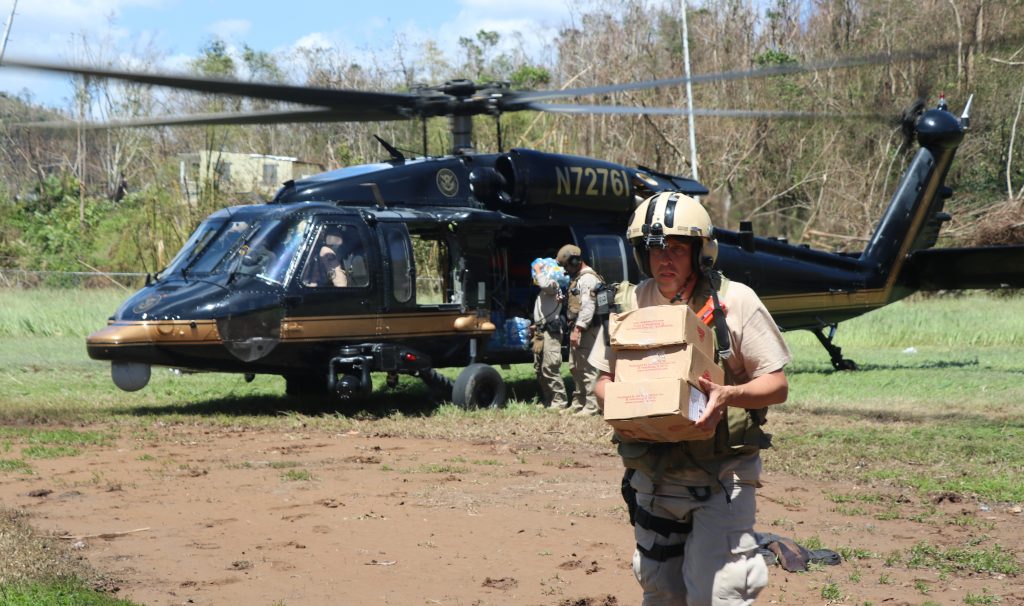
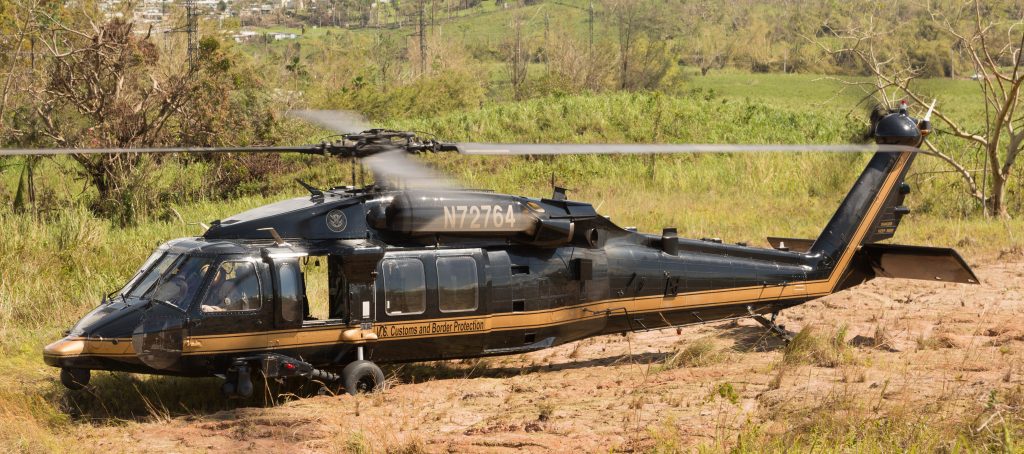
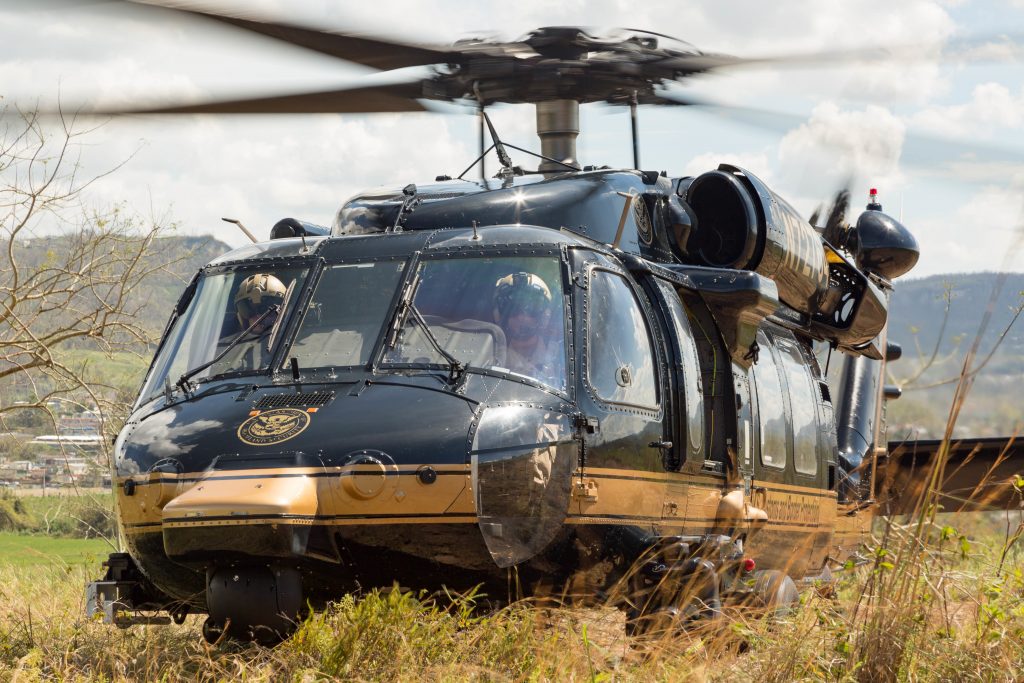
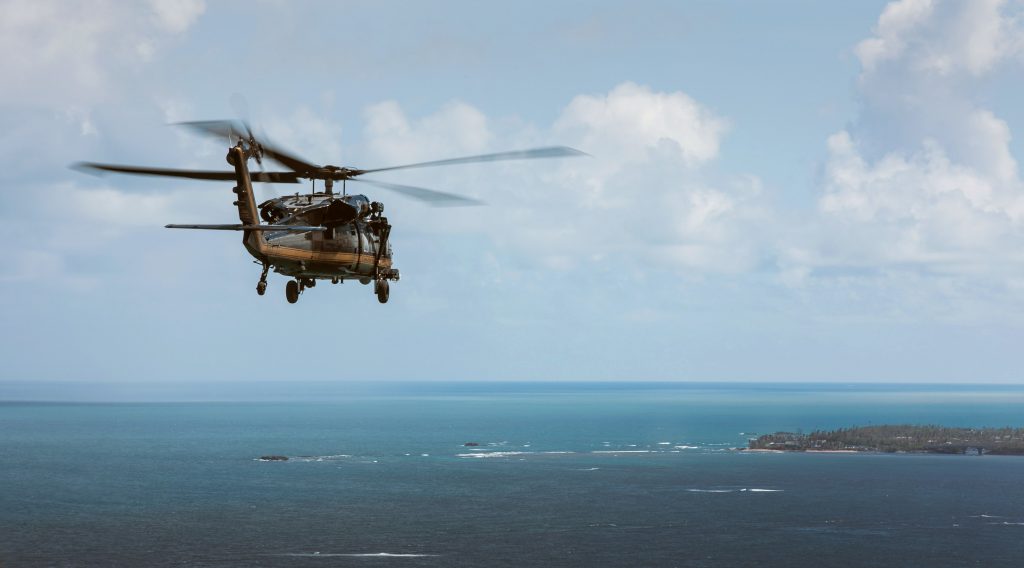
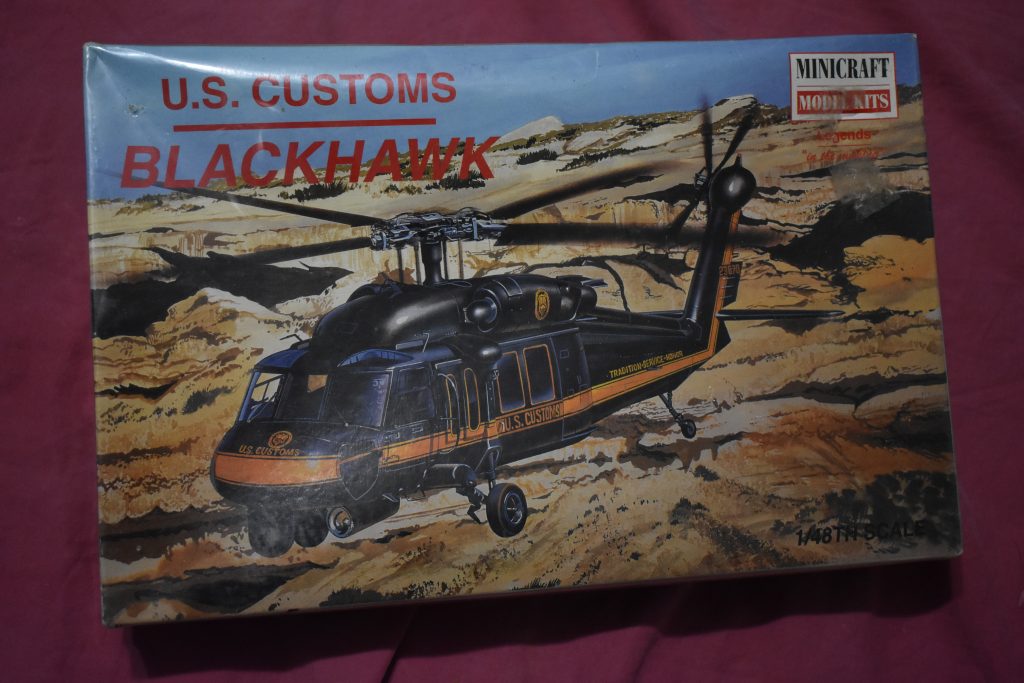
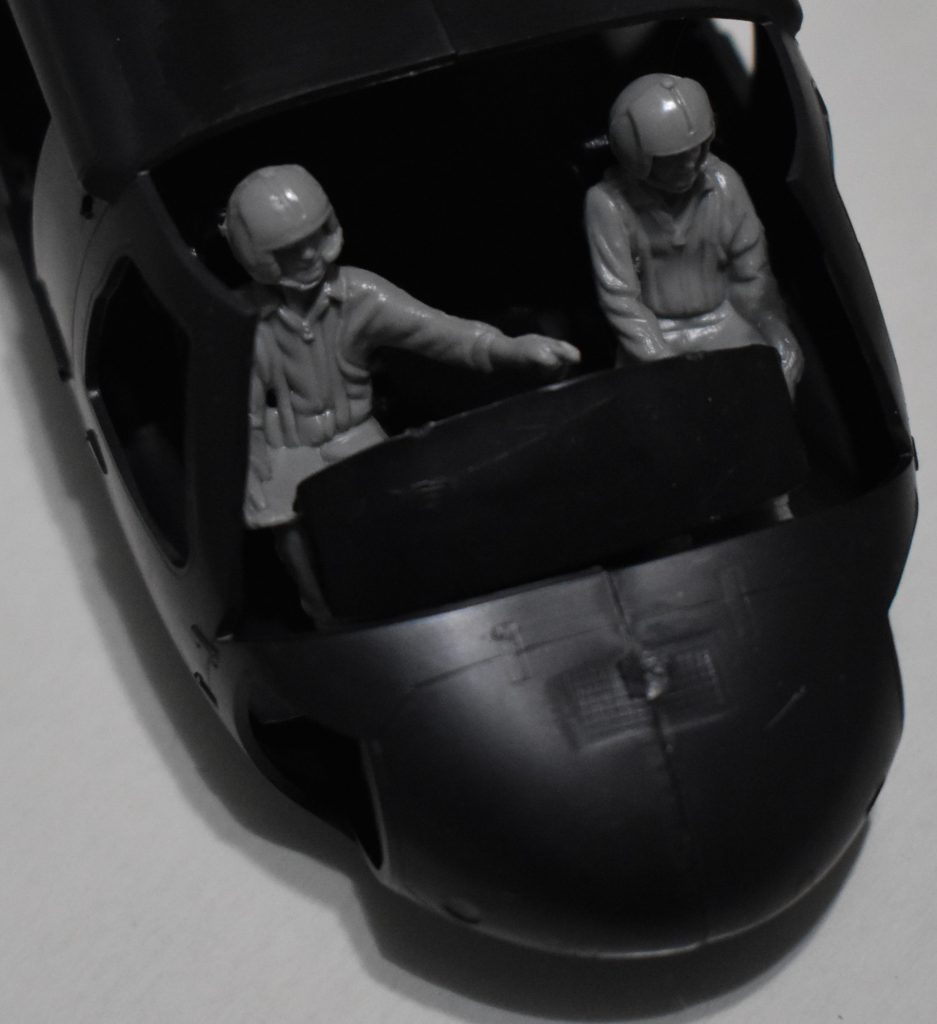
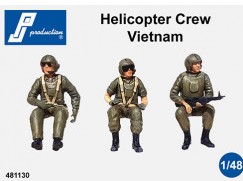

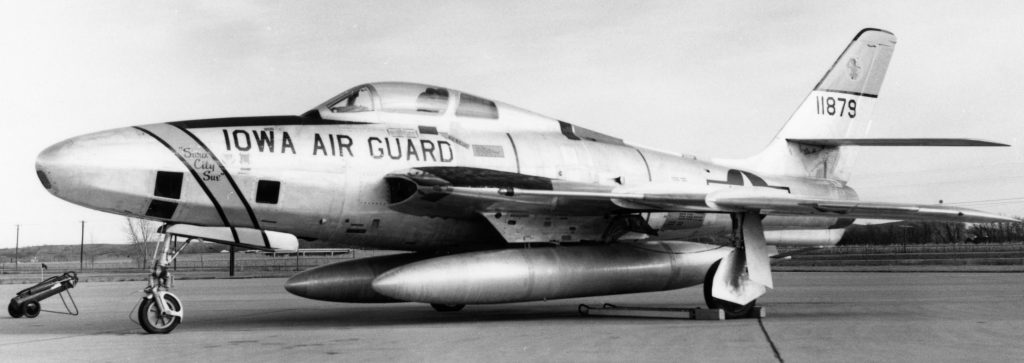
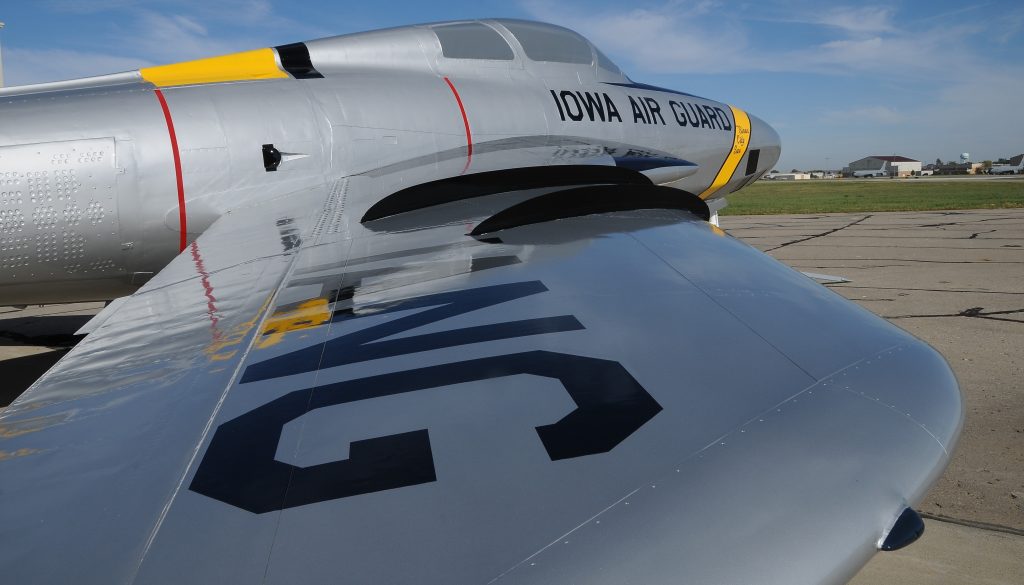
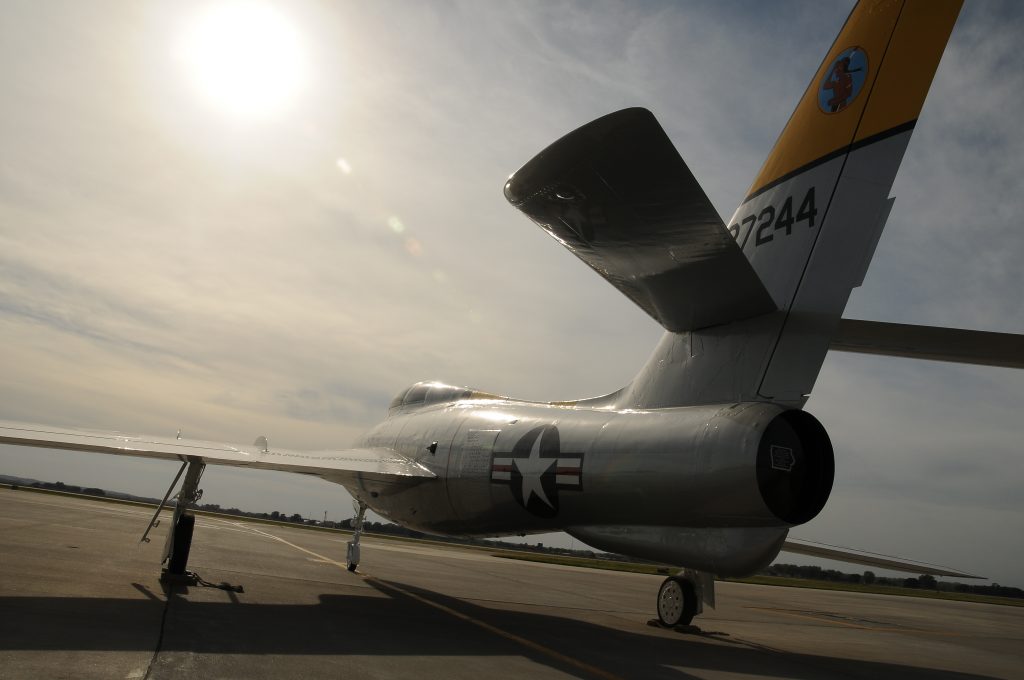
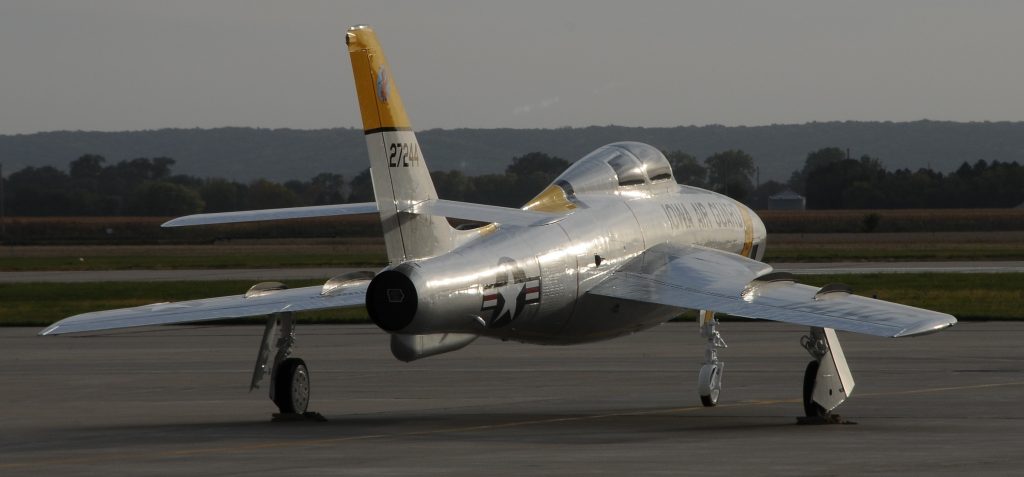
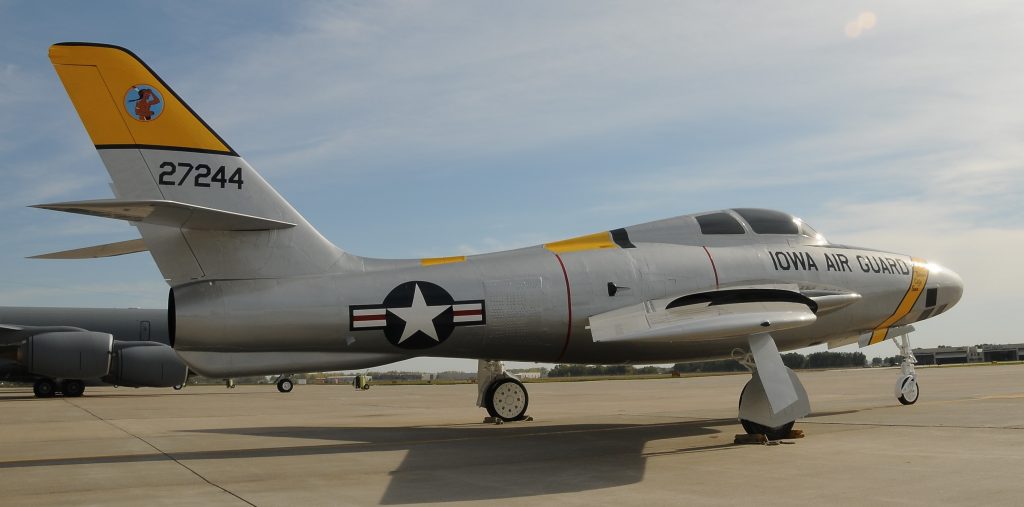
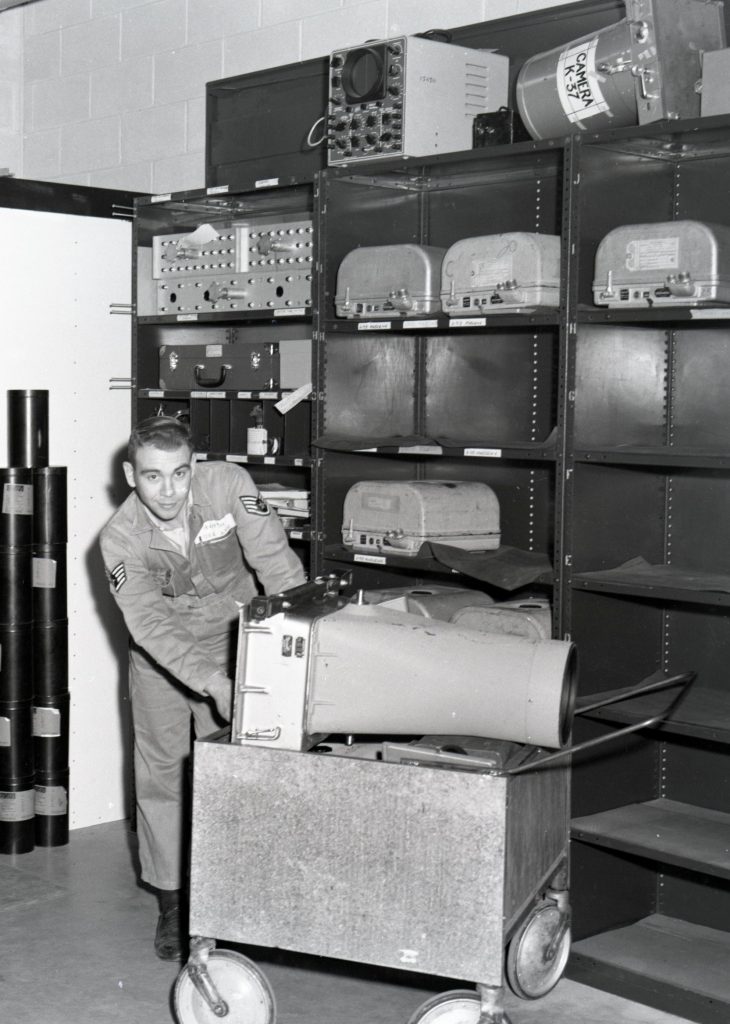
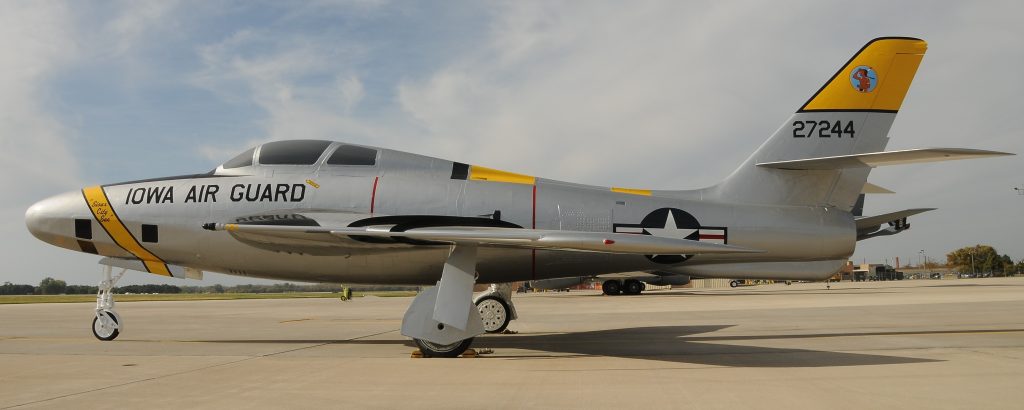
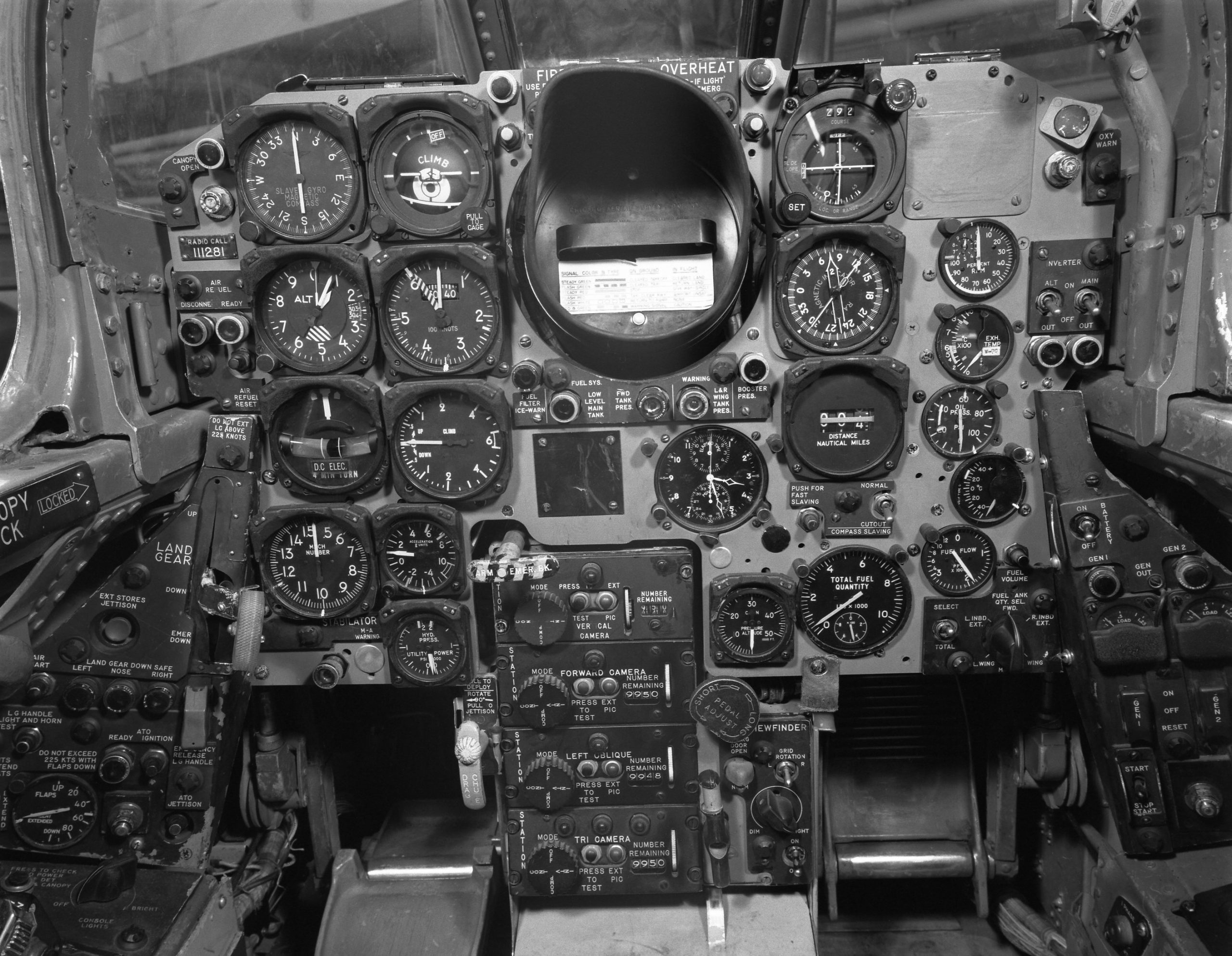
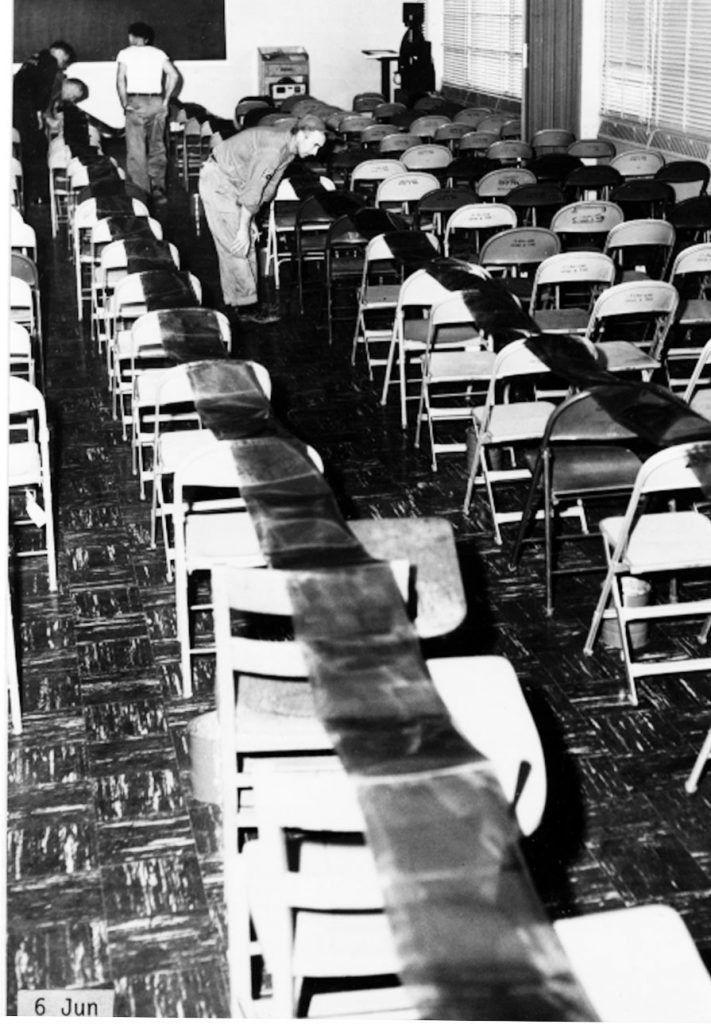
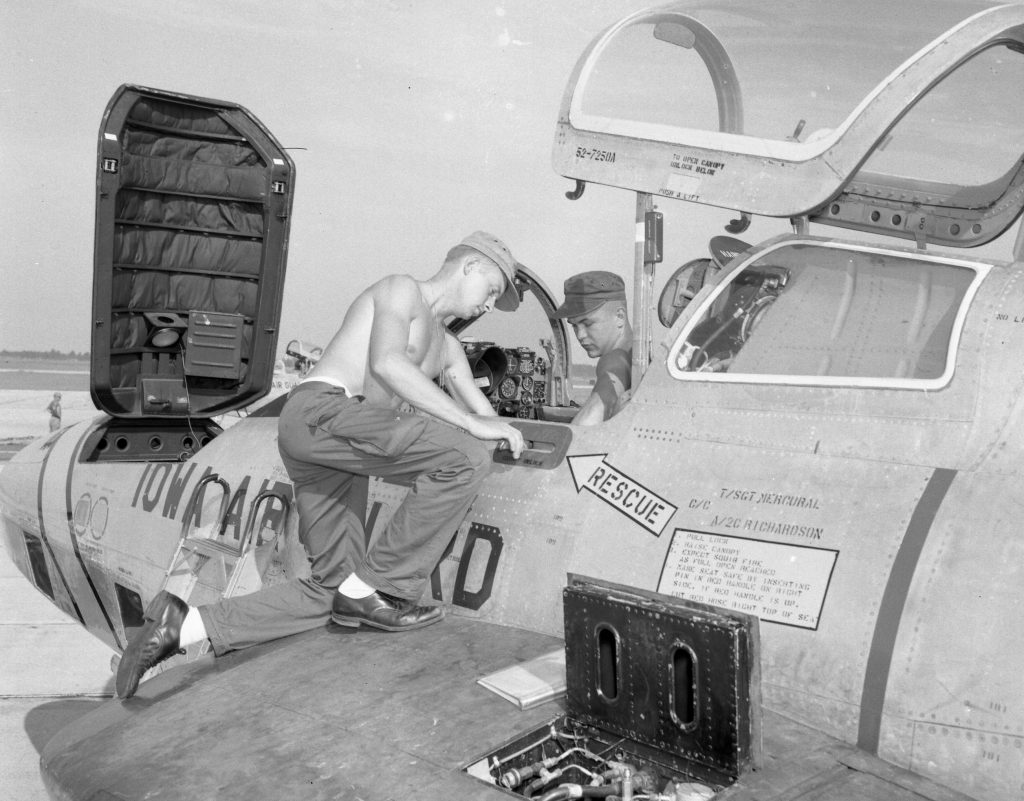
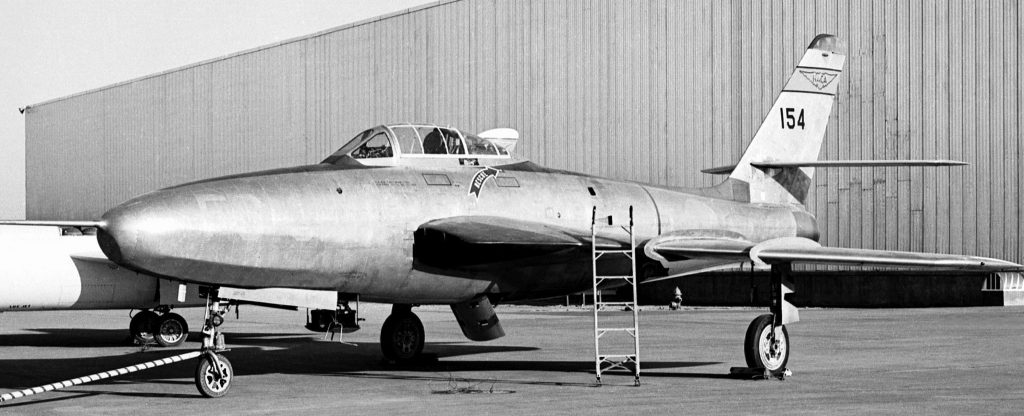
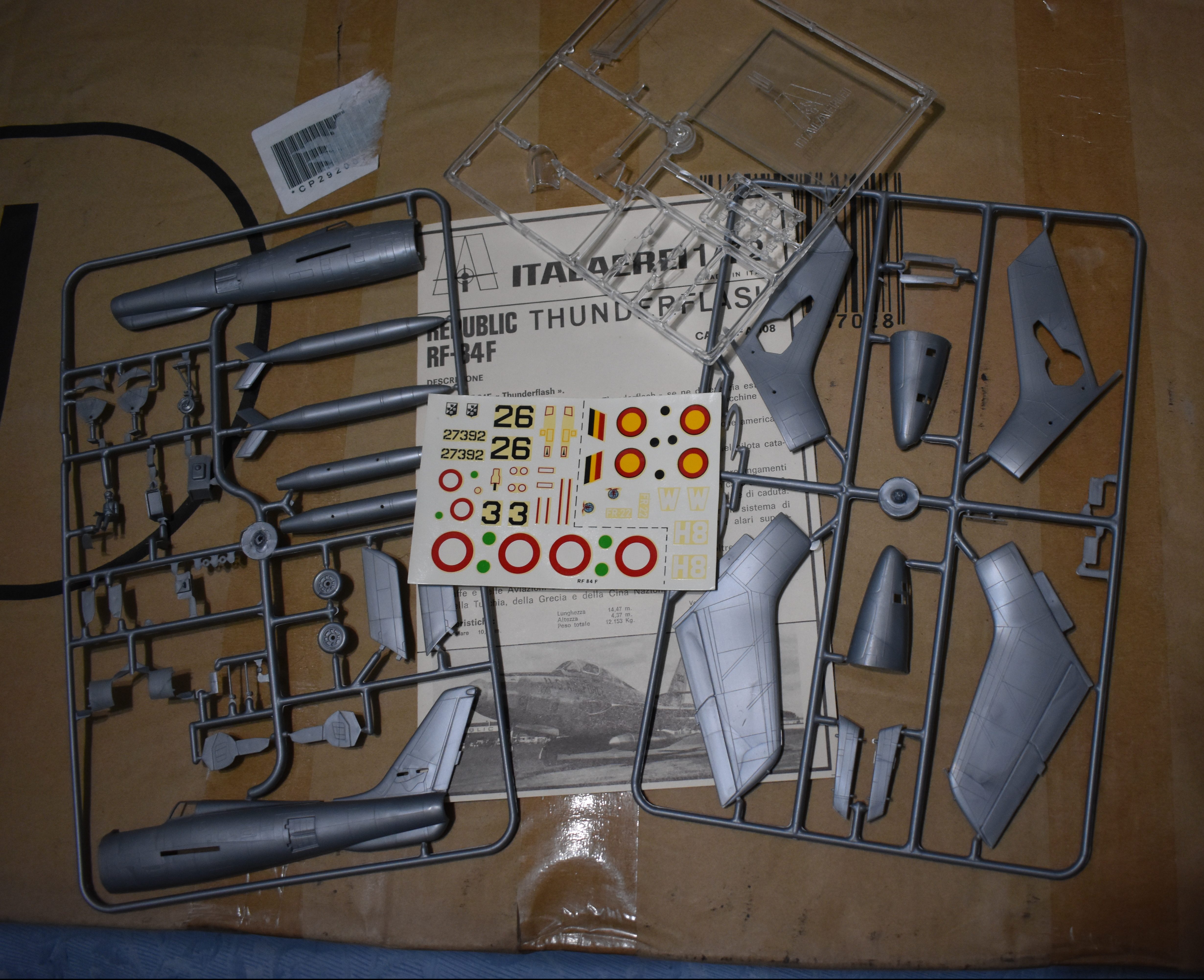
 Another RF-84F in 1:72 scale is the PJ Production multi-media kit, in resin, PE, metal and vacform plastic. It is highly accurate and detailed. Reviewers report it is not for beginners and requires a lot of dry fitting to reveal the difficult areas of assembly. The kit has been around for at least a decade, yet PJ Production website still lists it as a “new product”. It lists for 41.50 Euros (about $50 to $60 USD depending on the exchange rate).
Another RF-84F in 1:72 scale is the PJ Production multi-media kit, in resin, PE, metal and vacform plastic. It is highly accurate and detailed. Reviewers report it is not for beginners and requires a lot of dry fitting to reveal the difficult areas of assembly. The kit has been around for at least a decade, yet PJ Production website still lists it as a “new product”. It lists for 41.50 Euros (about $50 to $60 USD depending on the exchange rate). Almost forgot that in 2018 Sword issued their RF-84F. The quality of the parts is typical of Sword kits. Issued in two boxings with four different markings per box. Initial reviews are good. In the United States the price ranges from $20 to $32, and they’re selling fast.
Almost forgot that in 2018 Sword issued their RF-84F. The quality of the parts is typical of Sword kits. Issued in two boxings with four different markings per box. Initial reviews are good. In the United States the price ranges from $20 to $32, and they’re selling fast. For decades the only 1:48 scale RF-84F was the not so good Heller kit. Apparently first released in 1979-80 along with its F-84F Thunderstreak. About four years later Monogram released its way better F-84F, but for some reason decided not to do a much needed RF version. The Heller kit is as basic as the 1:72 scale Italeri kit, it’s been re-issued continuously and the U.S. price for previously owned kits averages $20, while the latest new issues are going for as much as $40 (outrageous given its age and lack of quality).
For decades the only 1:48 scale RF-84F was the not so good Heller kit. Apparently first released in 1979-80 along with its F-84F Thunderstreak. About four years later Monogram released its way better F-84F, but for some reason decided not to do a much needed RF version. The Heller kit is as basic as the 1:72 scale Italeri kit, it’s been re-issued continuously and the U.S. price for previously owned kits averages $20, while the latest new issues are going for as much as $40 (outrageous given its age and lack of quality).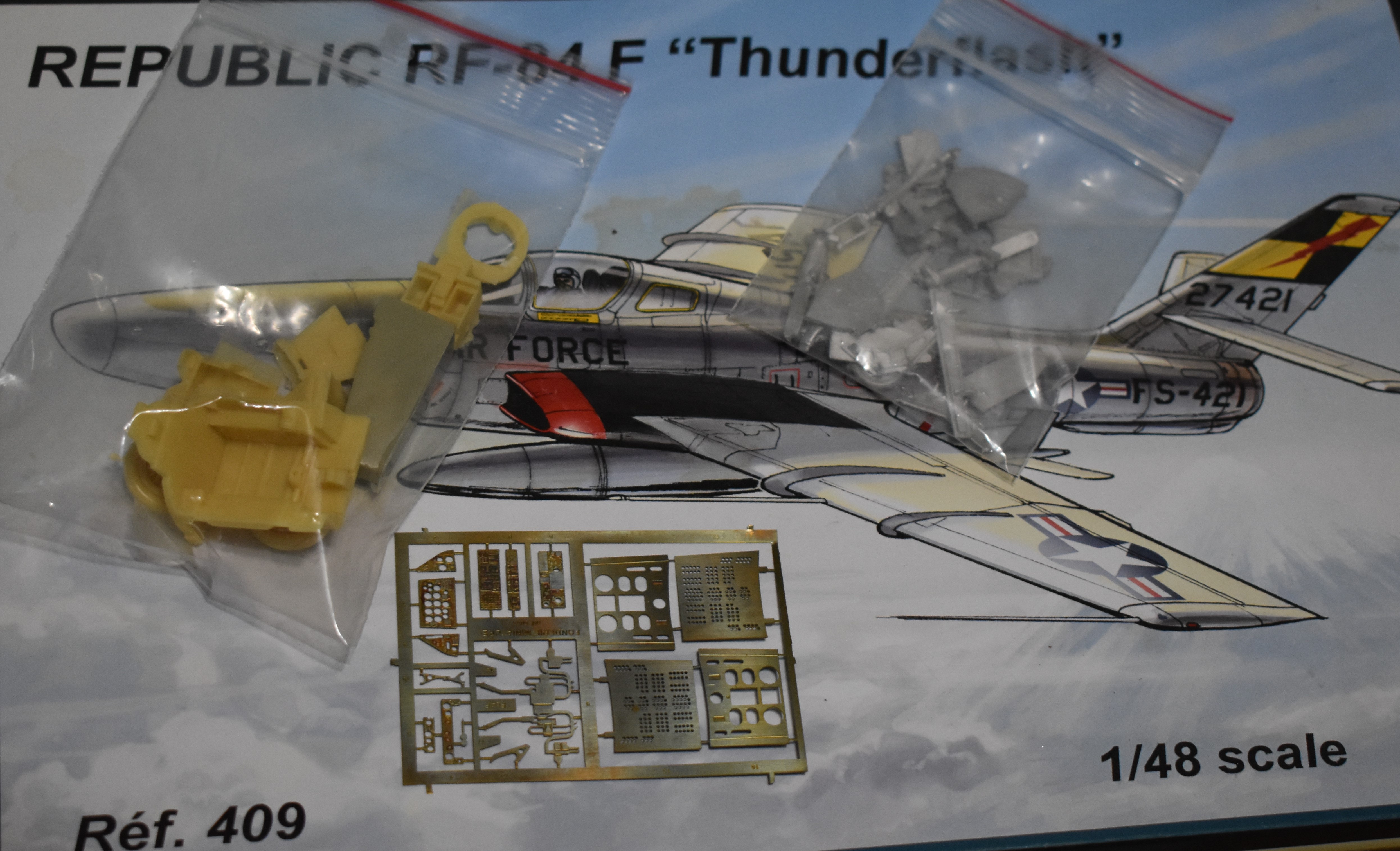
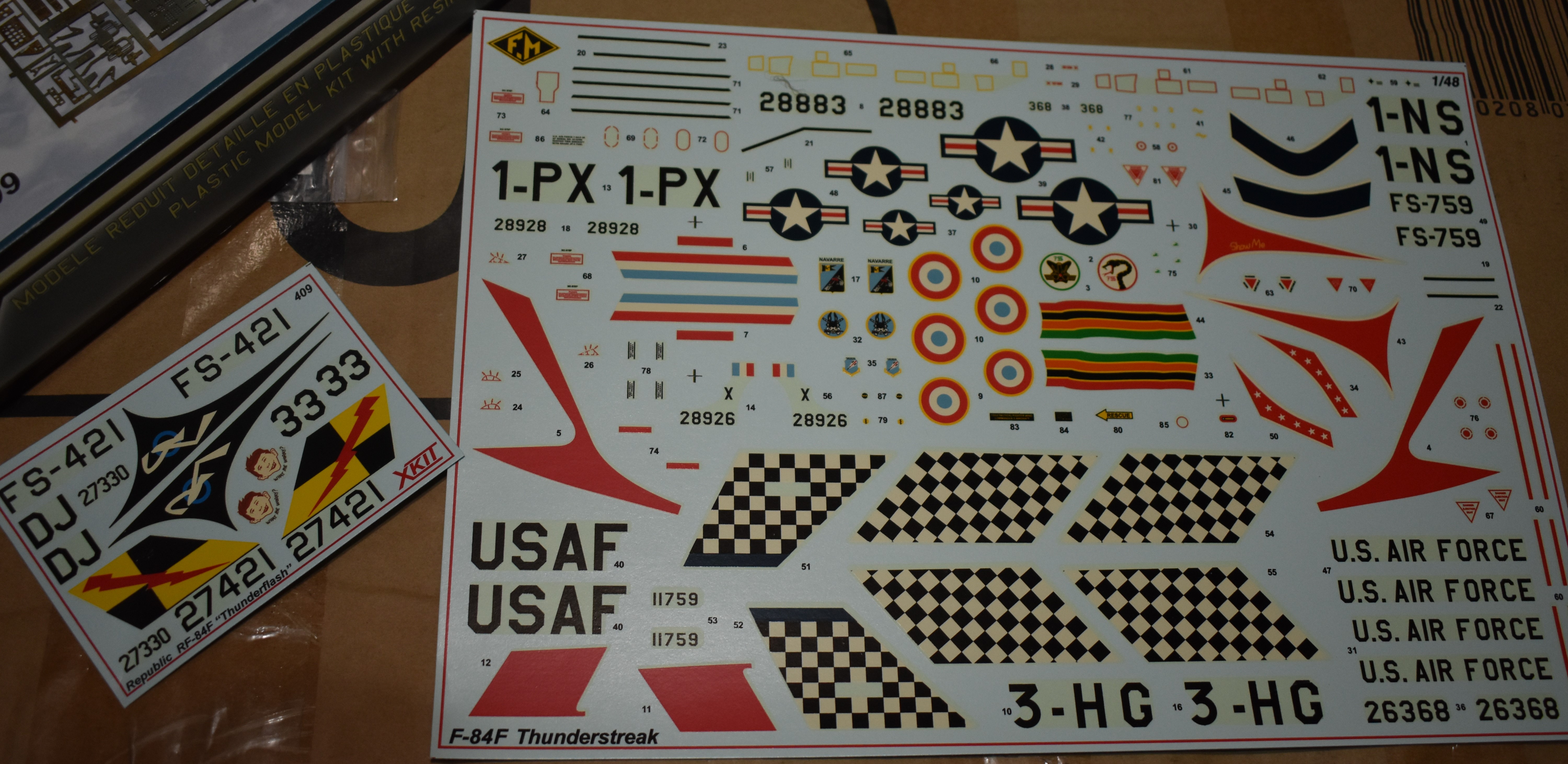
 And now for something really outrageous. Recently a Japanese company called Tanmodel issued the newest 1:48 scale RF-84F. You’d think it was the best damn thing in the world going by how much sellers are asking for it. An internet review said it was better than the ancient Heller kit, but the recessed surface detailing is not much better than Monogram’s raised detailing. In fact the reviewer said the recessed rivets (which there are no such thing on real airplanes) look more like 1:32 scale rivets, the pics of the completed kit makes it look like the trench-n-divet surface details are raised because they’re so over-scale. You get air intake ducting and an exhaust pipe. You also get a detailed camera bay, which is pointless because the fuselage is not molded so that you can poise the access door in the open position (you could do surgery). The ultimate reason this kit is so outrageous is its asking price, I’ve seen prices ranging between $70 and $180!!!
And now for something really outrageous. Recently a Japanese company called Tanmodel issued the newest 1:48 scale RF-84F. You’d think it was the best damn thing in the world going by how much sellers are asking for it. An internet review said it was better than the ancient Heller kit, but the recessed surface detailing is not much better than Monogram’s raised detailing. In fact the reviewer said the recessed rivets (which there are no such thing on real airplanes) look more like 1:32 scale rivets, the pics of the completed kit makes it look like the trench-n-divet surface details are raised because they’re so over-scale. You get air intake ducting and an exhaust pipe. You also get a detailed camera bay, which is pointless because the fuselage is not molded so that you can poise the access door in the open position (you could do surgery). The ultimate reason this kit is so outrageous is its asking price, I’ve seen prices ranging between $70 and $180!!!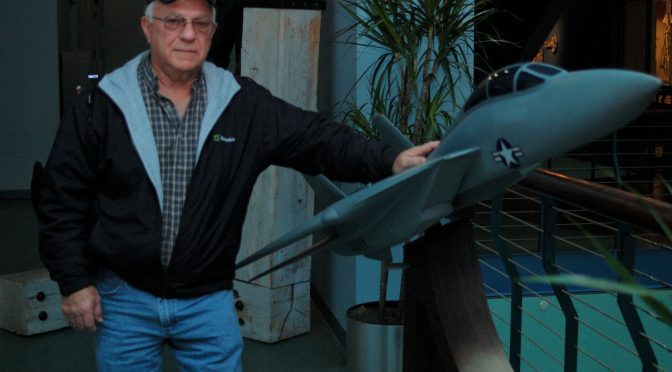





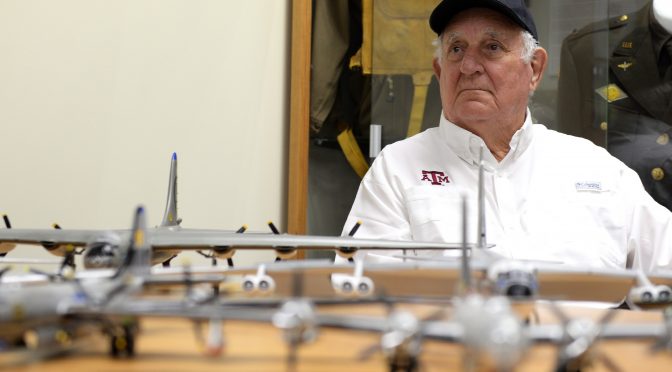



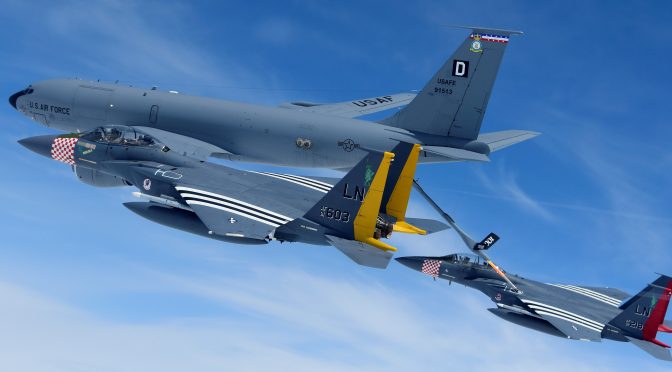
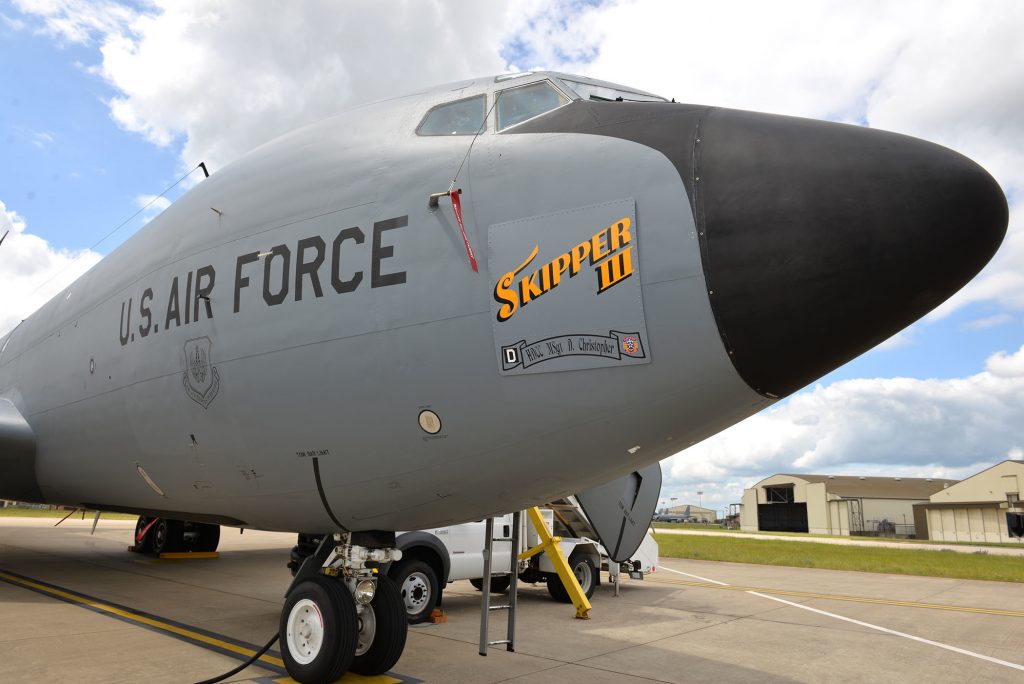
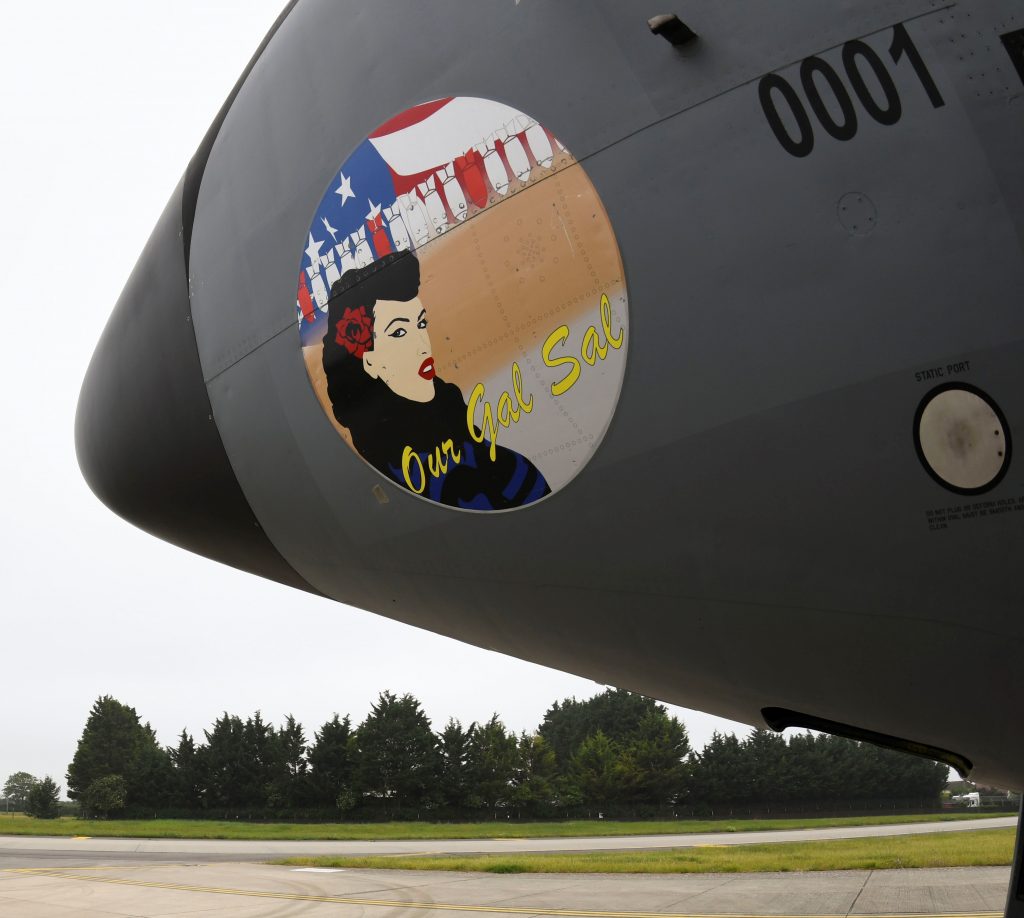
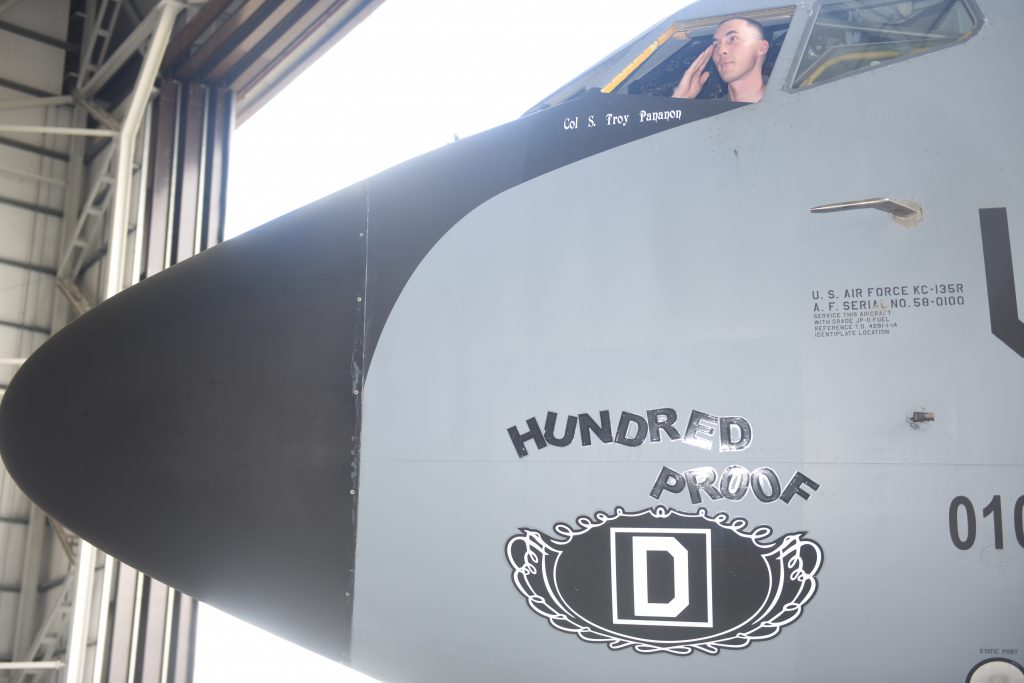
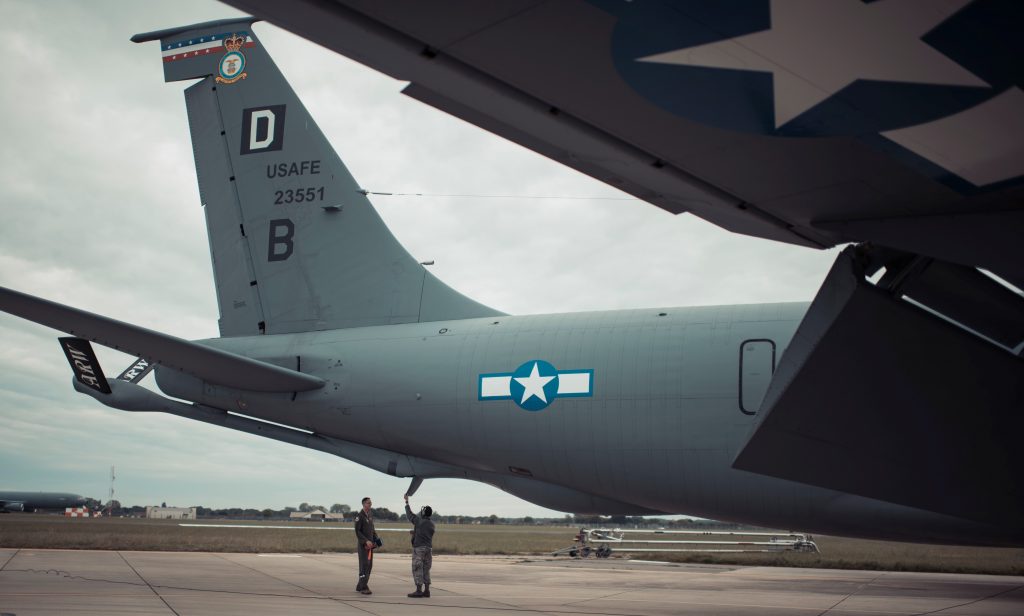
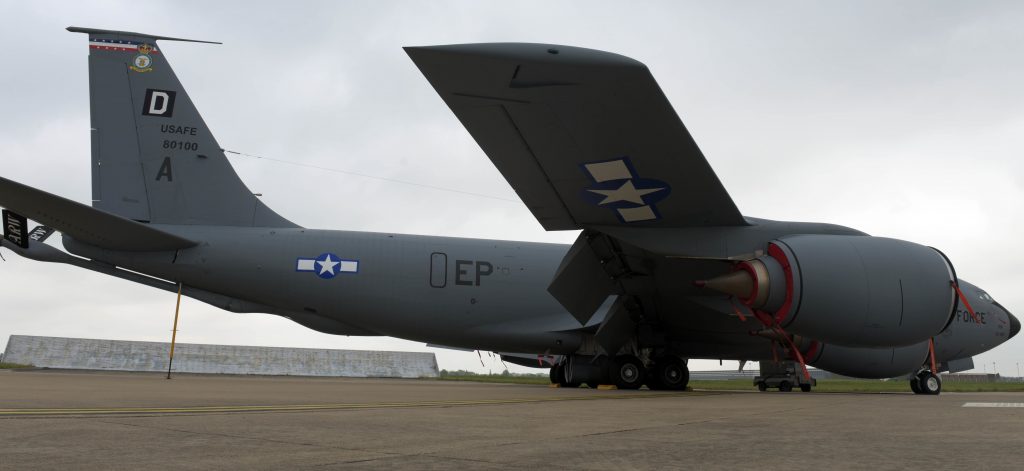

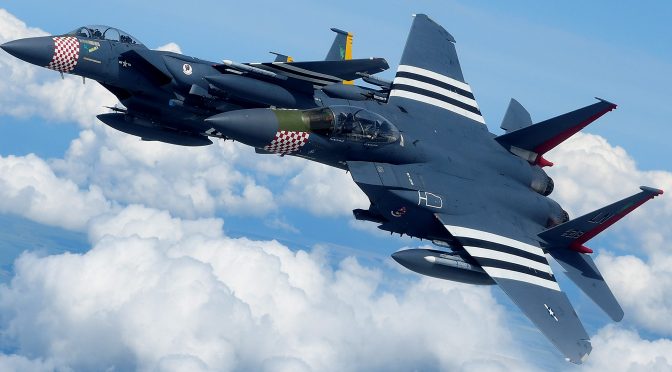
 In January 2019, the 48th Fighter Wing unveiled their new D-Day invasion stripe paint job on their F-15E Strike Eagles.
In January 2019, the 48th Fighter Wing unveiled their new D-Day invasion stripe paint job on their F-15E Strike Eagles.